The Trip to Ho Chi Minh City: Vietnam’s sky-high, booming metropolis
Discover Ho Chi Minh City, where street food, historic alleyways and honking motorbikes now mix with skyscrapers, minimalist showrooms and upscale patisseries
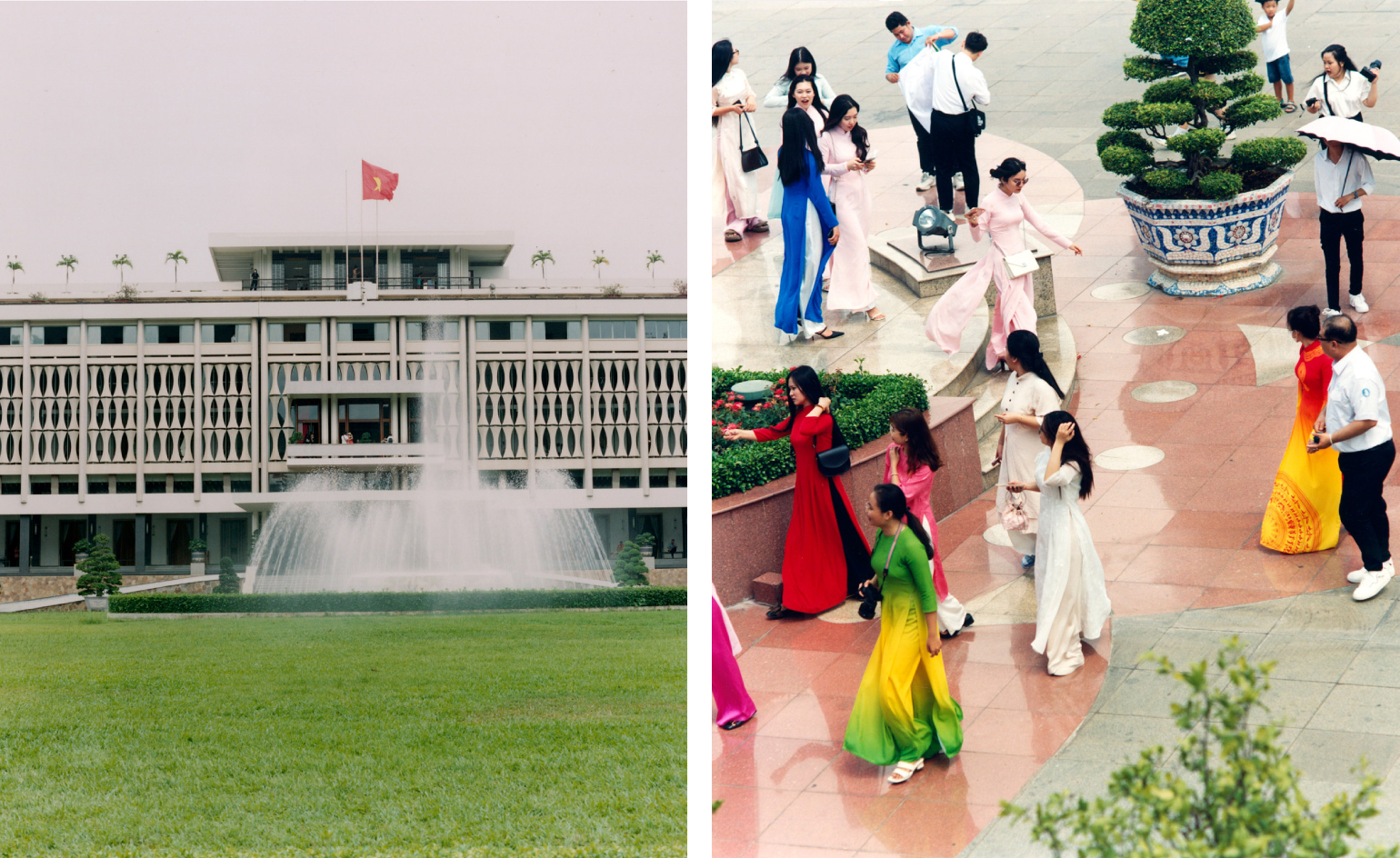
Arriving in Ho Chi Minh City for the first time can feel like a shock to the system. Decades ago, you might have spotted bicycles wobbling through lantern-lit streets and buffaloes basking in opaque waters, but today, the modern metropolis is rather different.
As your taxi crawls through the periphery of Ho Chi Minh City, besieged by motorbikes, you’ll encounter few cyclists and no fauna (save, perhaps, the odd pocket poodle). Instead, you’ll cruise through hyperactive streets flanked by terraced houses with ground-floor neon shops. Occasionally, a glass-clad office or hotel will interrupt the carnival of mismatched nha ong or ‘tube houses’. These skinny buildings, which can be less than 3m wide and up to 12 floors tall, have popped up all around Vietnam as a result of limited building space and property tax policies. The only design consistency seems to be deliberate inconsistency; after all, Ho Chi Minh City is a city that pushes you to stand out.
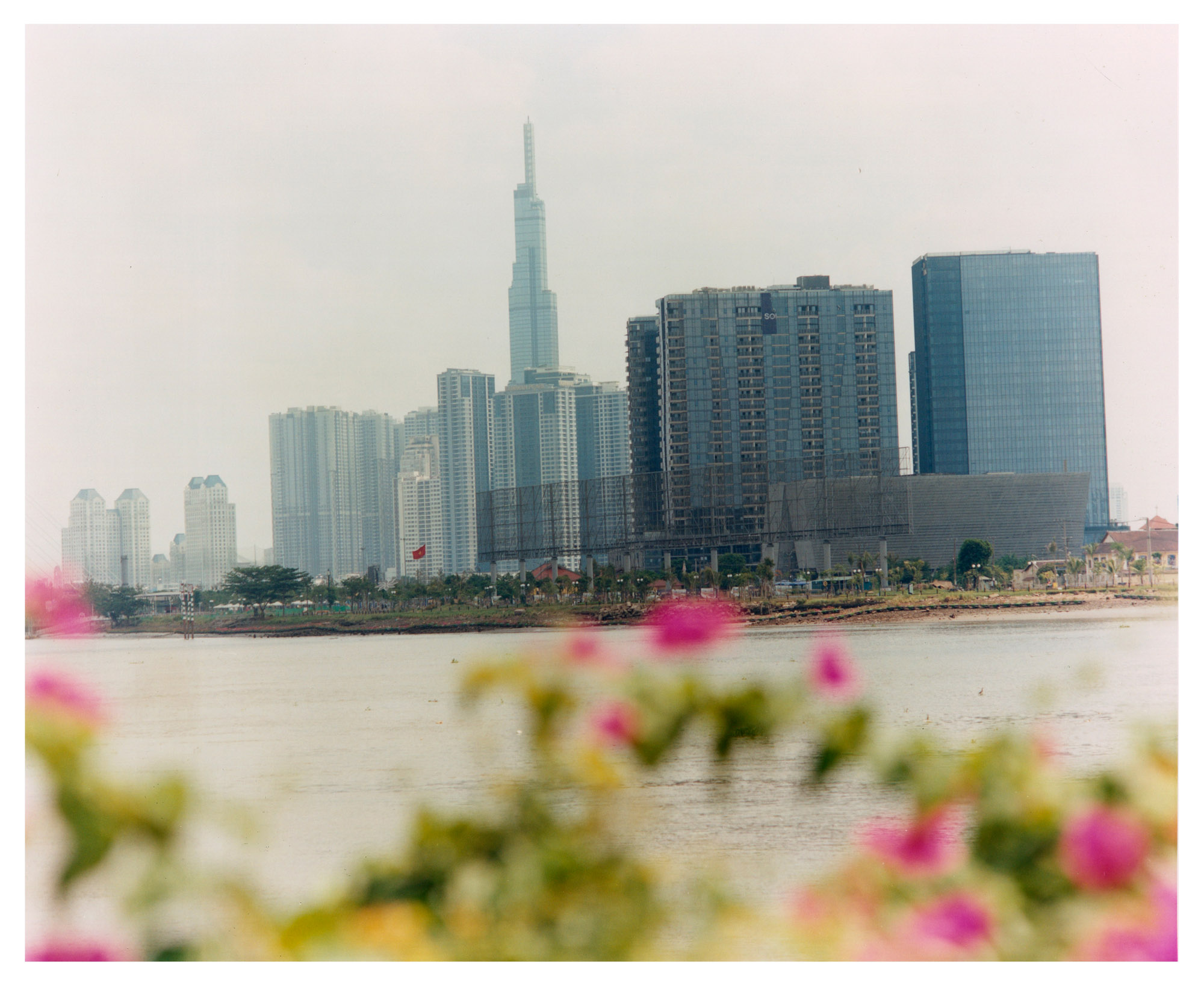
City view from Ho Chi Minh Museum-Dragon House Wharf
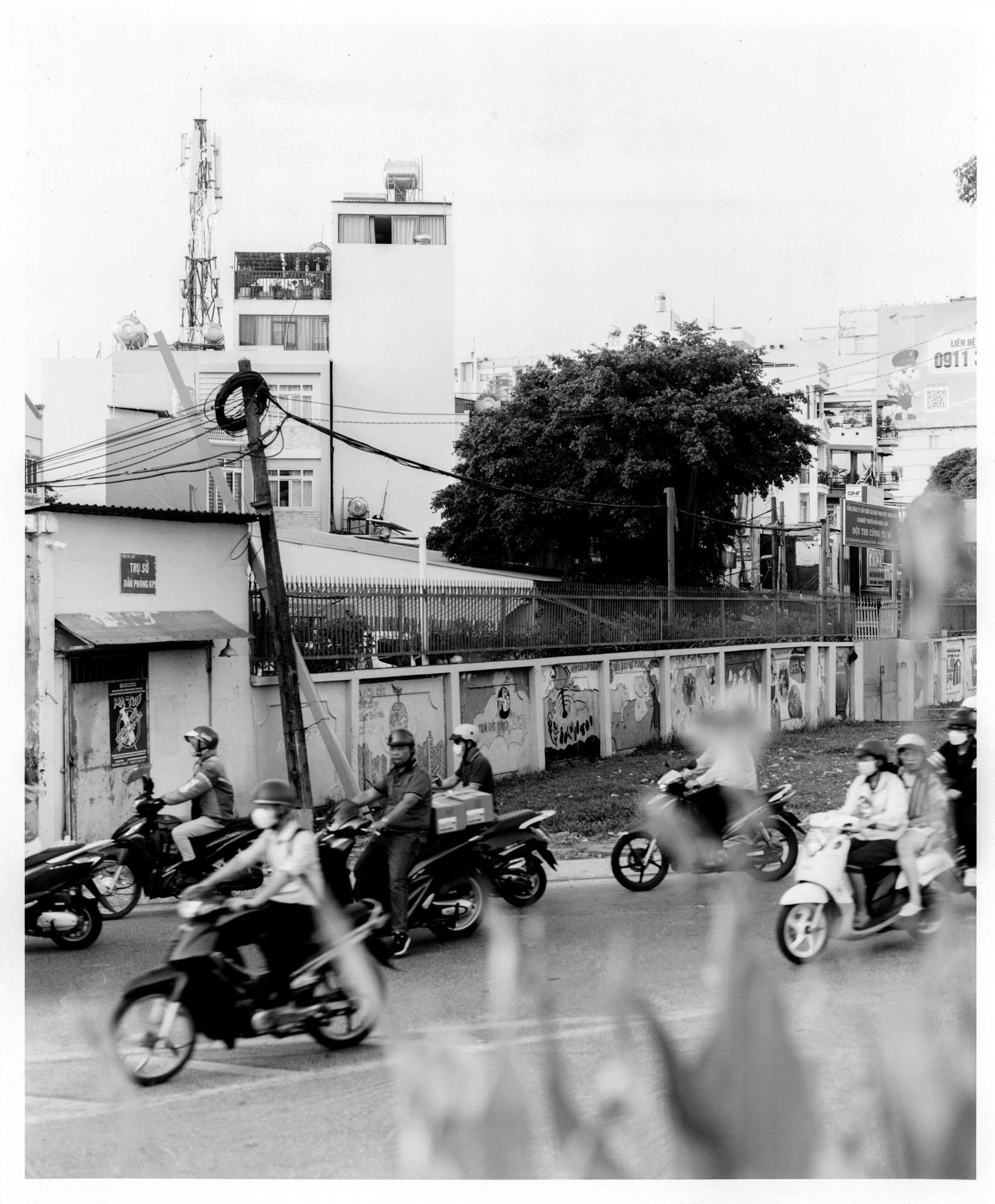
Vietnam’s commercial hub, Ho Chi Minh City is home to more than 9 million inhabitants, and at least 7 million scooters and motorbikes
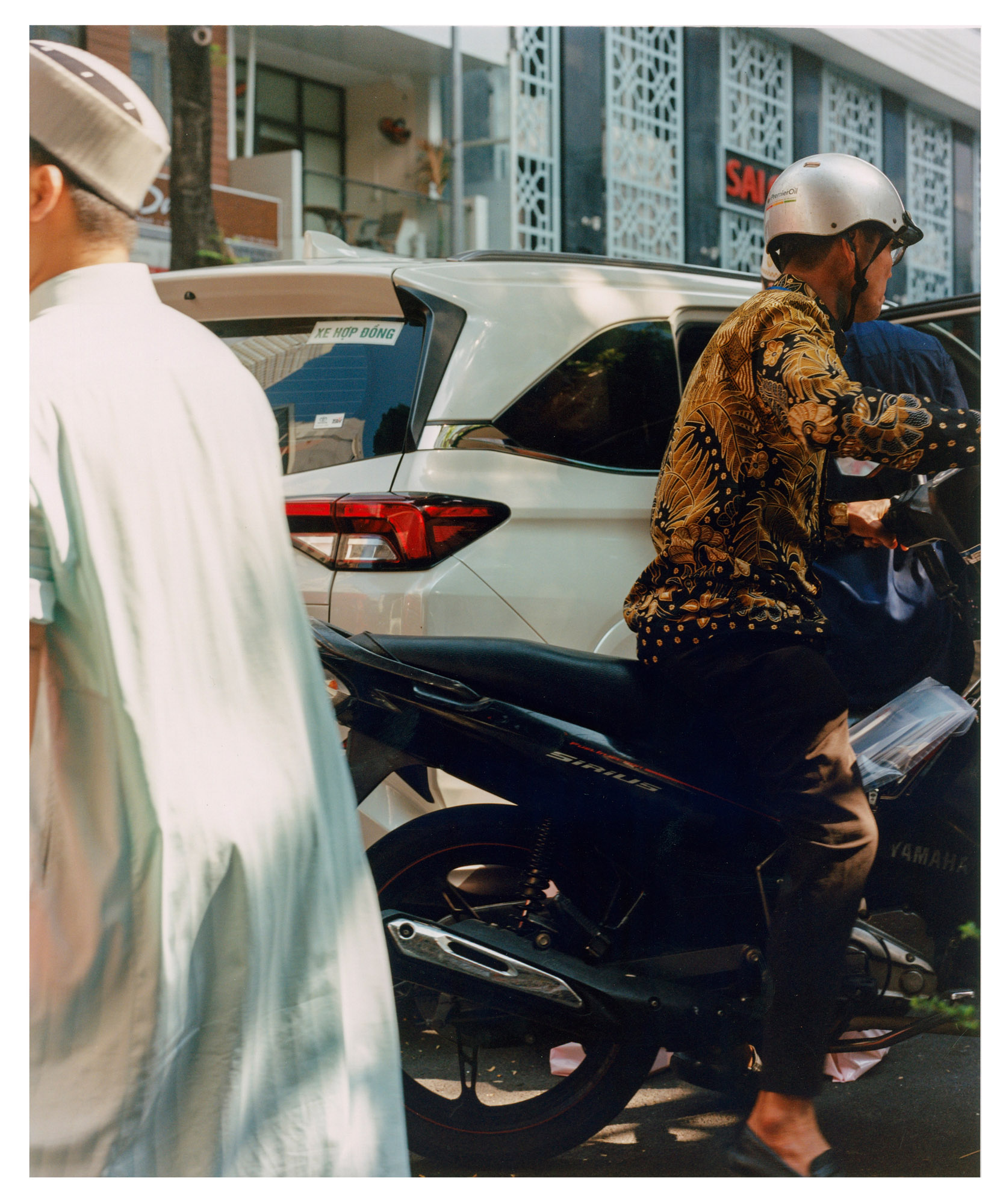
Ho Chi Minh City is home to more than 9 million inhabitants, and at least 7 million scooters and motorbikes
A rising star: Ho Chi Minh City
Within Ho Chi Minh City’s historic core, a sense of order emerges. In the early years of the colonial period (1862-1954), the French flattened much of the old city, founded around 400 years ago, and laid down a grid system that still gives structure to the city centre. Here you’ll find the city’s more storied architecture, such as the early 20th-century Jade Emperor Pagoda, a labyrinthine temple guarded by magenta walls, or Villa Le Voile, a flamboyant French mansion that is being turned into a cultural centre with help from restoration specialists Stonewest of London and Palazzo Spinelli of Florence.
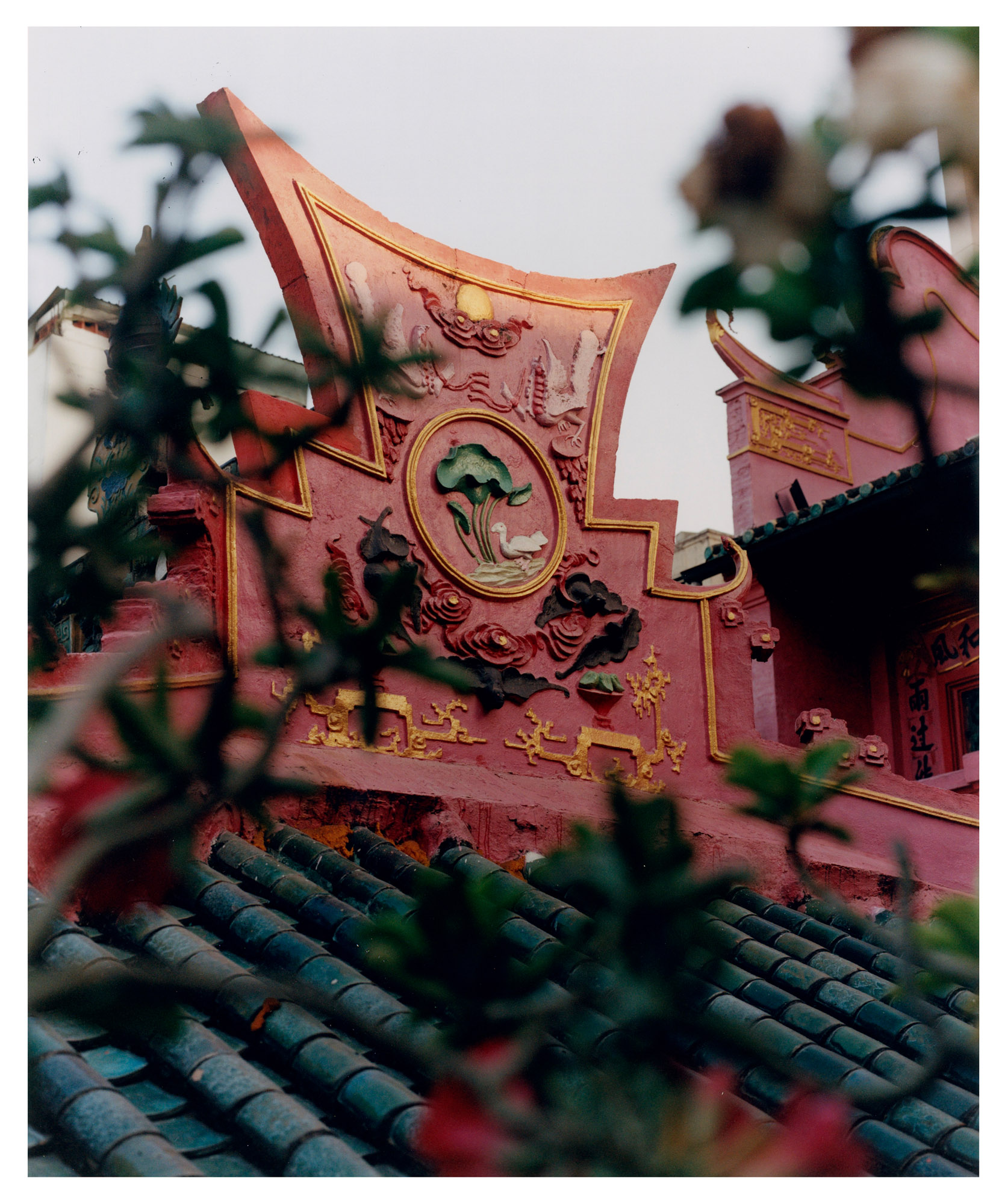
The Jade Emperor Pagoda, built in the early 20th century by the local Chinese community, is one of the city’s most visited pagodas
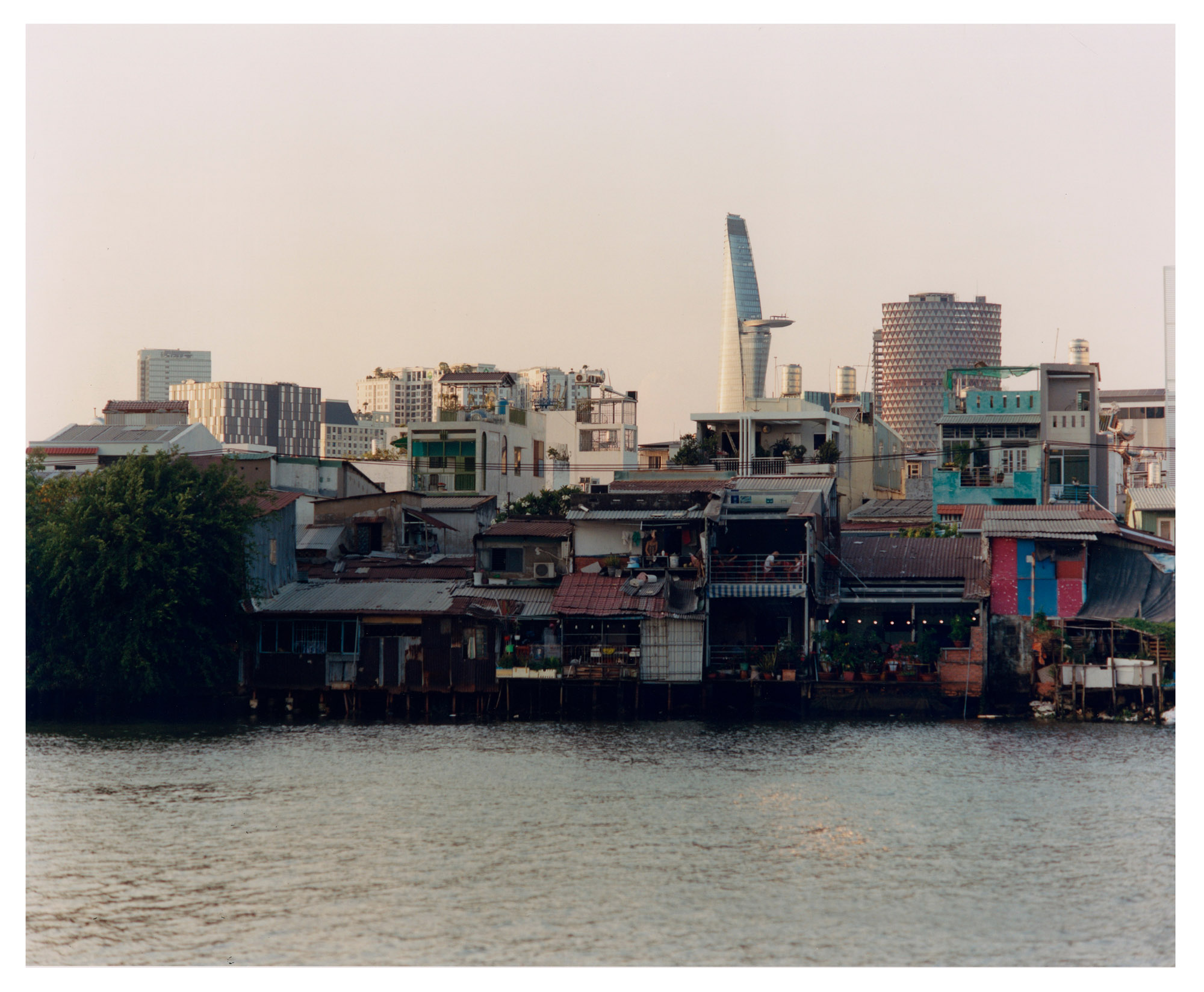
City shots around Ho Chi Minh City
Nearby is local architect Ngo Viet Thu’s Independence Palace, completed in 1966 to replace a bombed French behemoth and now considered a paragon of Vietnam’s postcolonial modernism. The style, a branch of tropical modernism, borrowed minimalist design ideas from elsewhere in the world and adapted them to suit Vietnam’s heat and humidity. Less than a decade later, in 1975, North Vietnamese tanks rolled through the palace gates, bringing an end to the two decades of civil war that erupted after the French exit. A year later, the former capital of the defeated and defunct South Vietnam was bestowed a new name, Ho Chi Minh City, though the old name, Saigon, has proved difficult to shake.
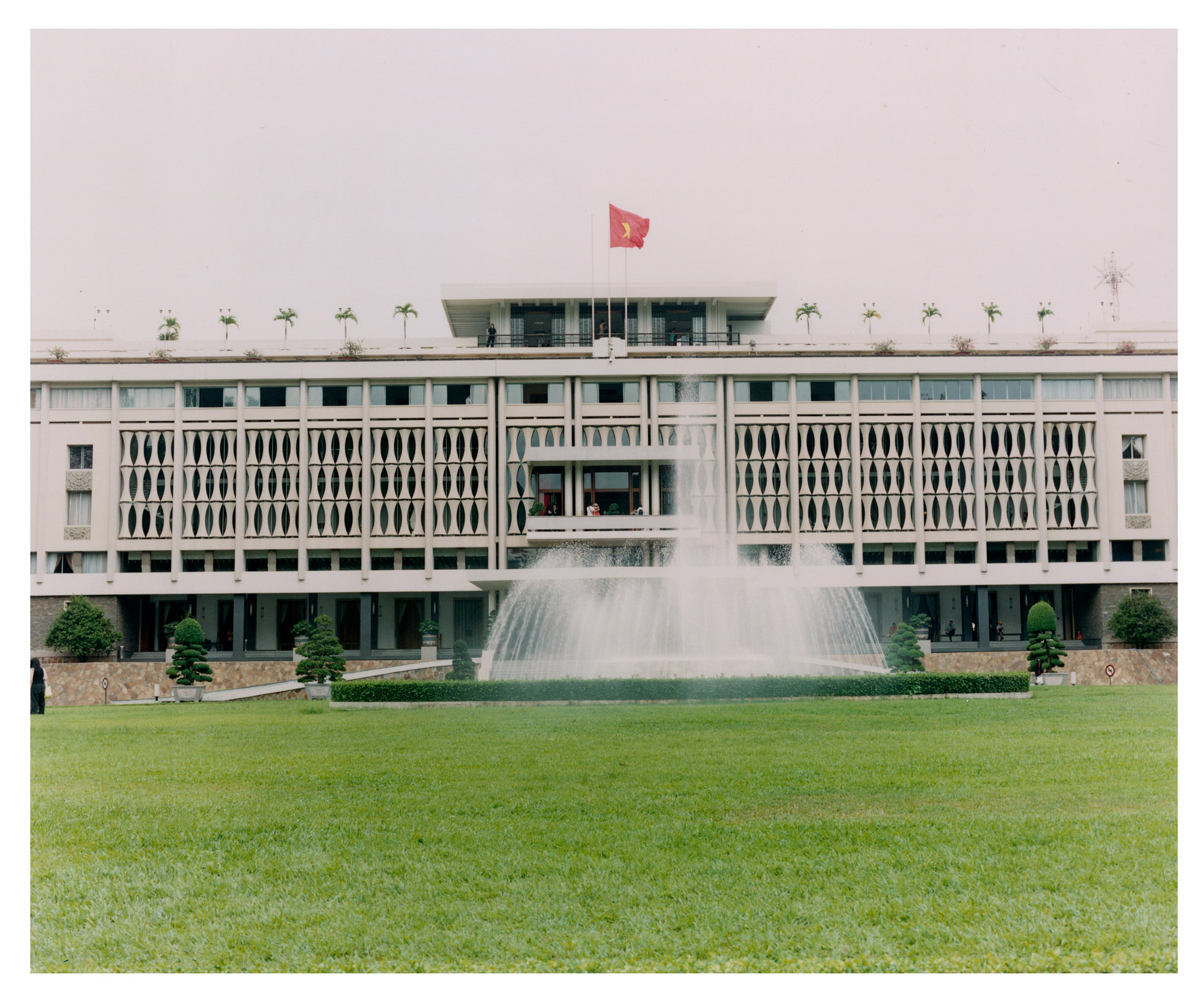
Ho Chi Minh City’s 1966 Independence Palace, by local architect Ngo Viet Thu, is considered a paragon of postcolonial modernism. Its façade features a bamboo-inspired stone latticework
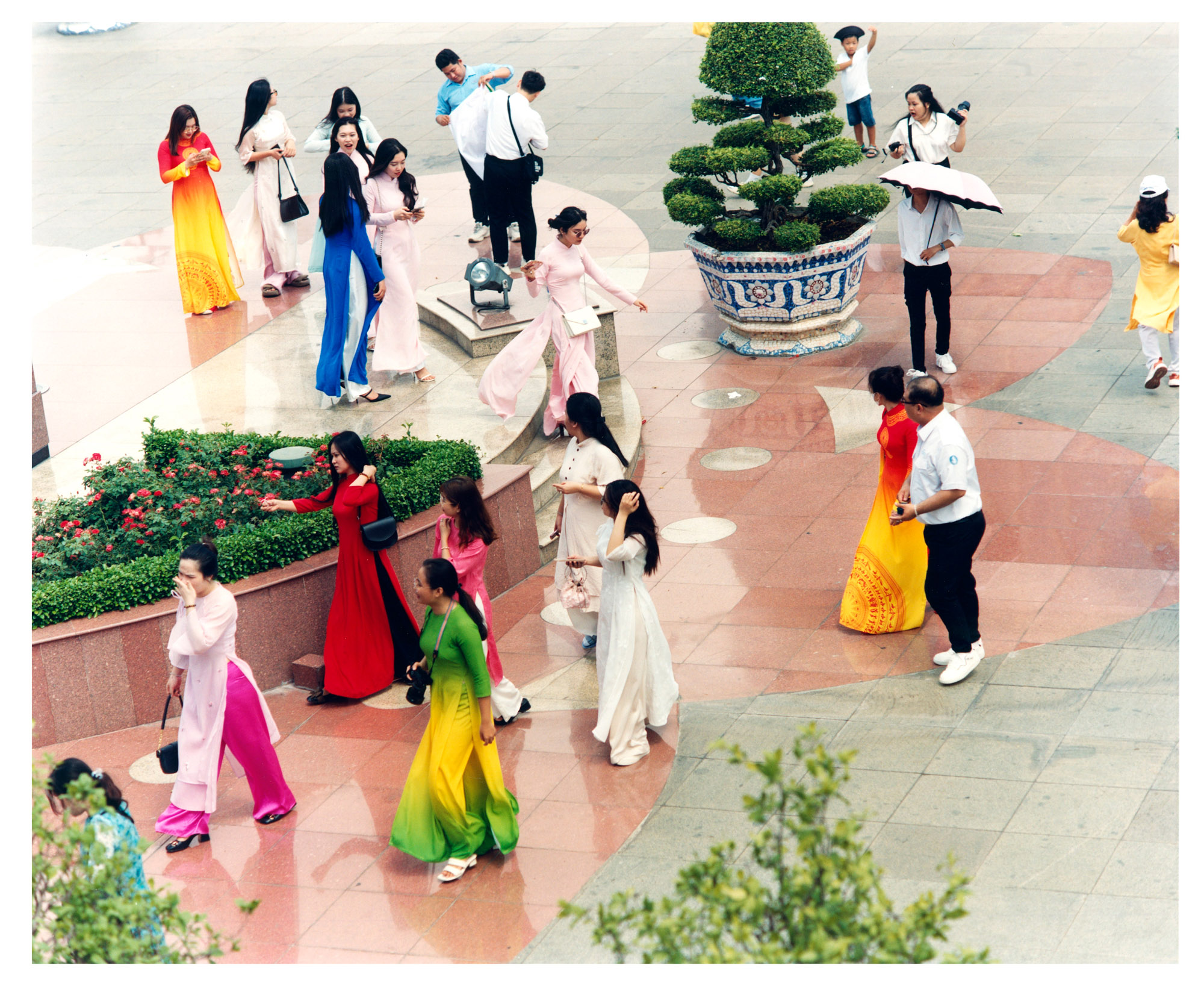
Above, a group of visitors in front of the Ho Chi Minh Museum, after taking photographs next to a statue representing Ho Chi Minh as a young man. The women are wearing colourful ao dai outfits, a Vietnamese garment consisting of a long split tunic worn over trousers
The end of the war brought peace, but as history attests, this has always been a city of dissonance. Today, the tension lies in what kind of megacity the Saigonese want Ho Chi Minh City to be. Later to the development game than its regional peers, Vietnam is now one of Asia’s fastest-growing economies, and Ho Chi Minh City is its urban powerhouse. Can rapid progress prioritise liveability, respect heritage and foster creative communities?
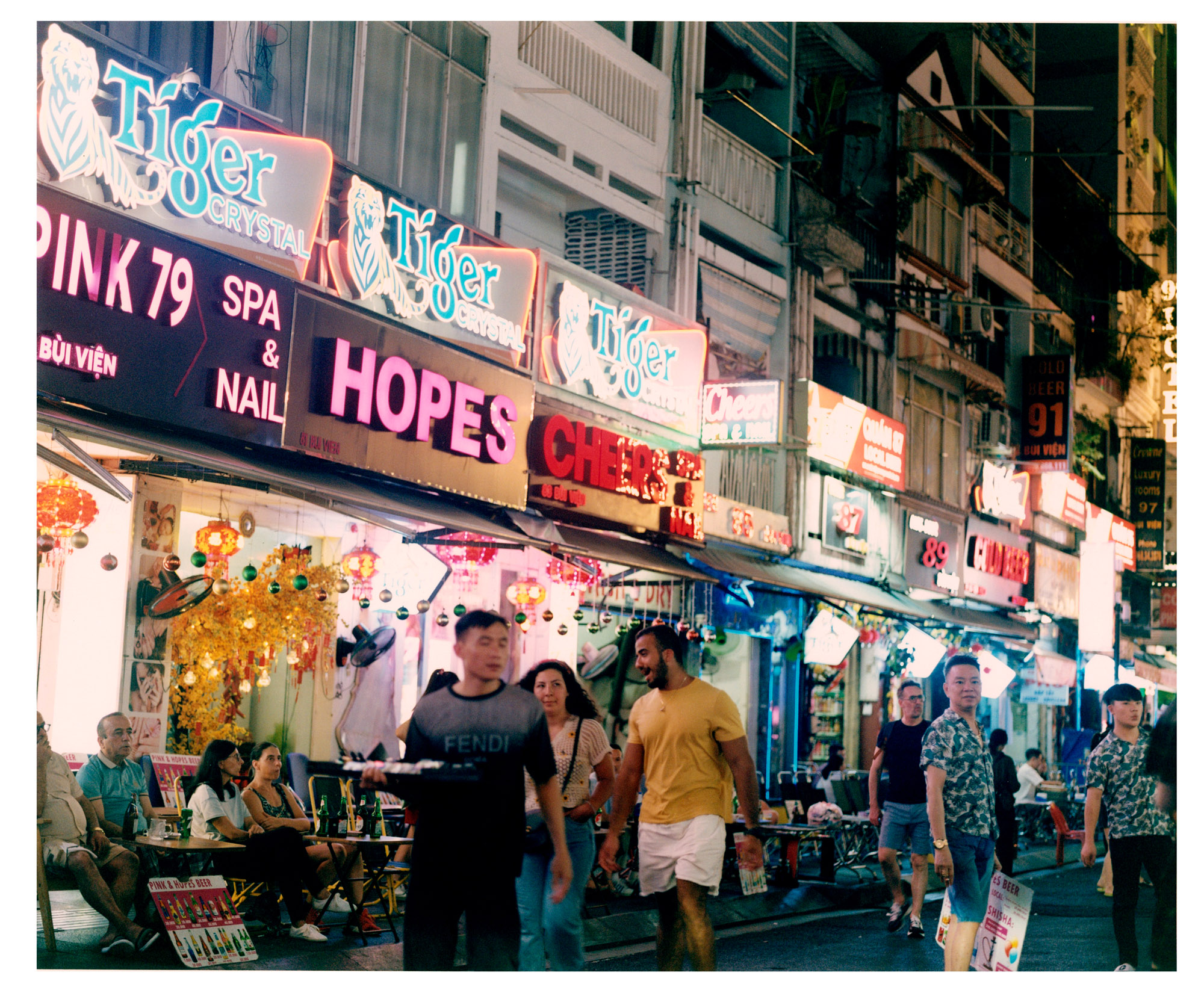
The pedestrian Bui Vien Street is a nightlife hotspot lined with stalls and bars attracting crowds of tourists
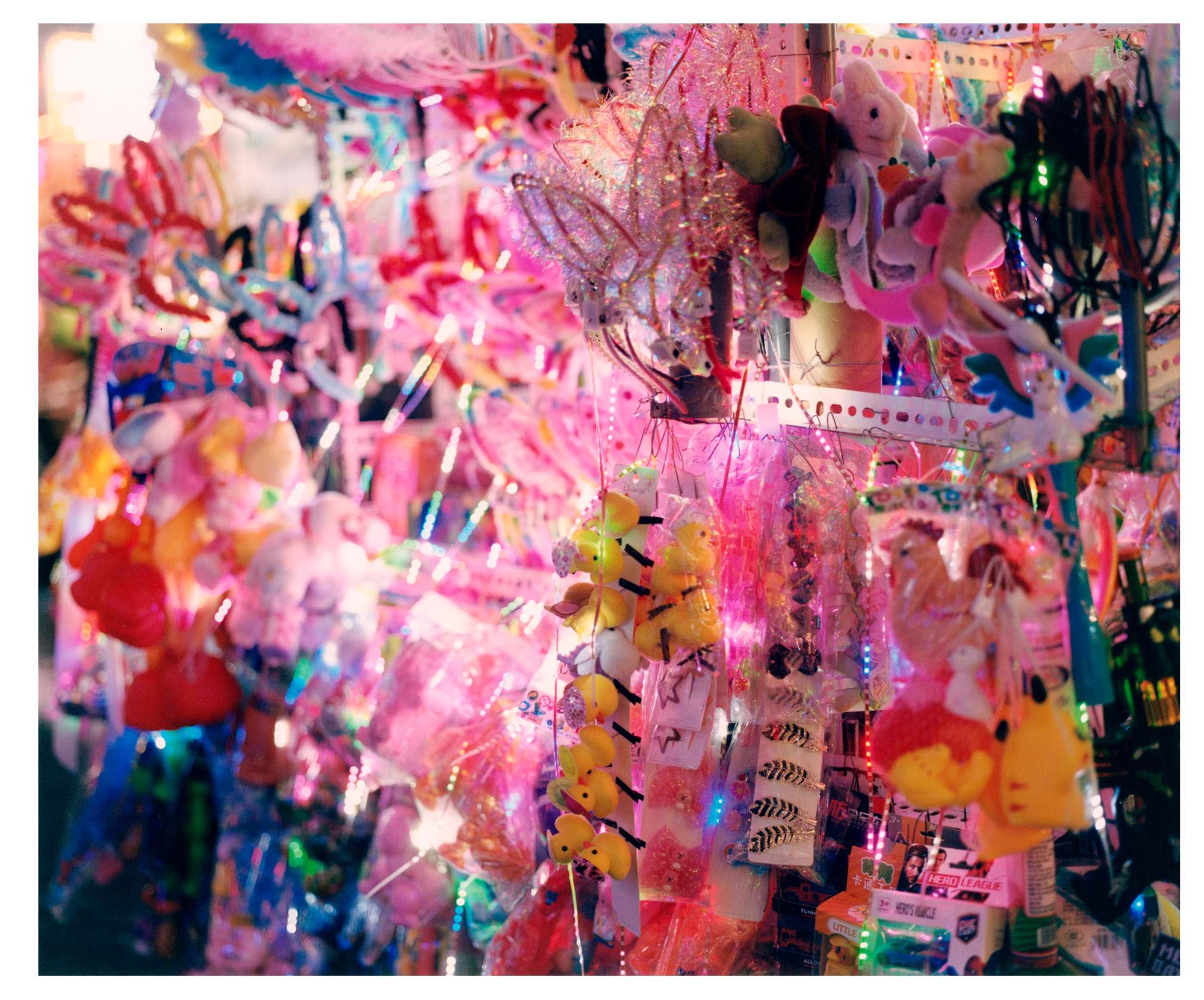
The pedestrian Bui Vien Street is a nightlife hotspot lined with stalls and bars attracting crowds of tourists
‘Although [Saigon’s] rich and layered history often gets washed away in modern life, if you know where to look, you’ll uncover remarkable revelations’
Bill Nguyen, director of Nguyen Art Foundation (NAF)
‘Although [Saigon’s] rich and layered history often gets washed away in modern life, if you know where to look, you’ll uncover remarkable revelations,’ says Bill Nguyen, director of Nguyen Art Foundation (NAF), one of the city’s largest contemporary art collections. Born in Hanoi, Vietnam’s capital, Nguyen moved south in 2017. Ho Chi Minh City, a city of immigrants, ‘has always been Vietnam’s melting pot,’ he says. ‘What makes this place home to me is its embrace of diversity and acceptance. Here, you can be your authentic self without judgement.’
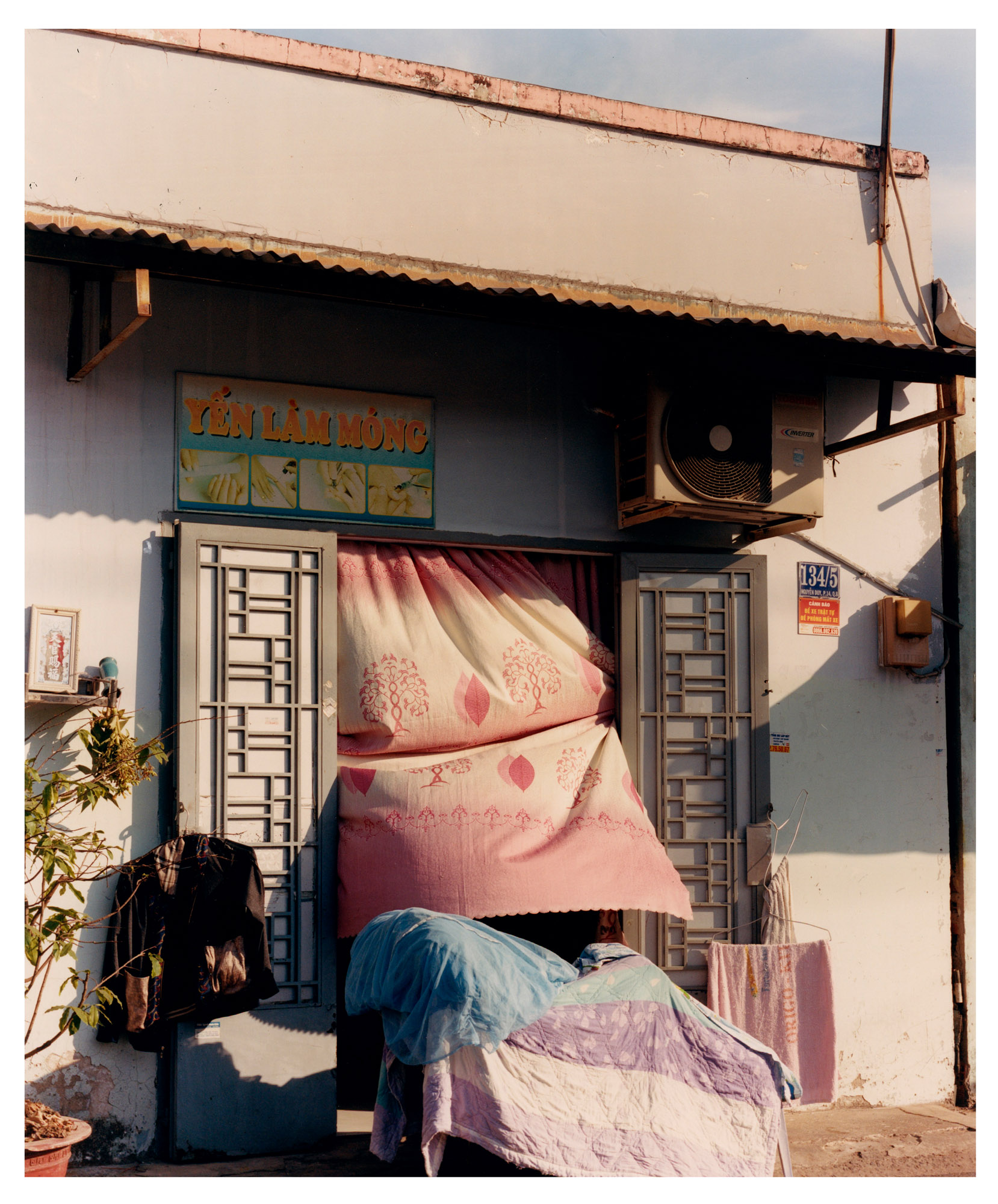
City shots around Ho Chi Minh City
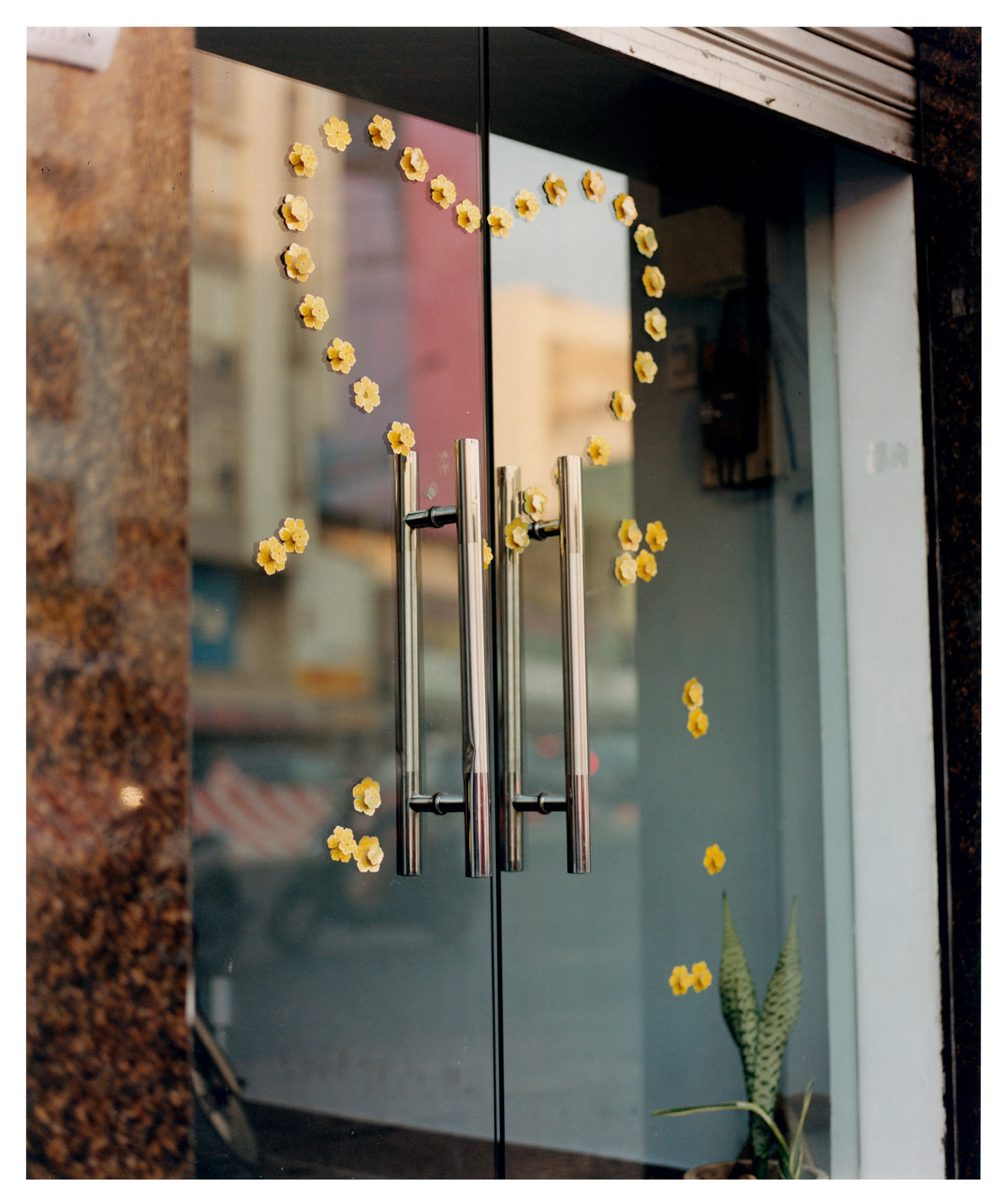
City shots around Ho Chi Minh City
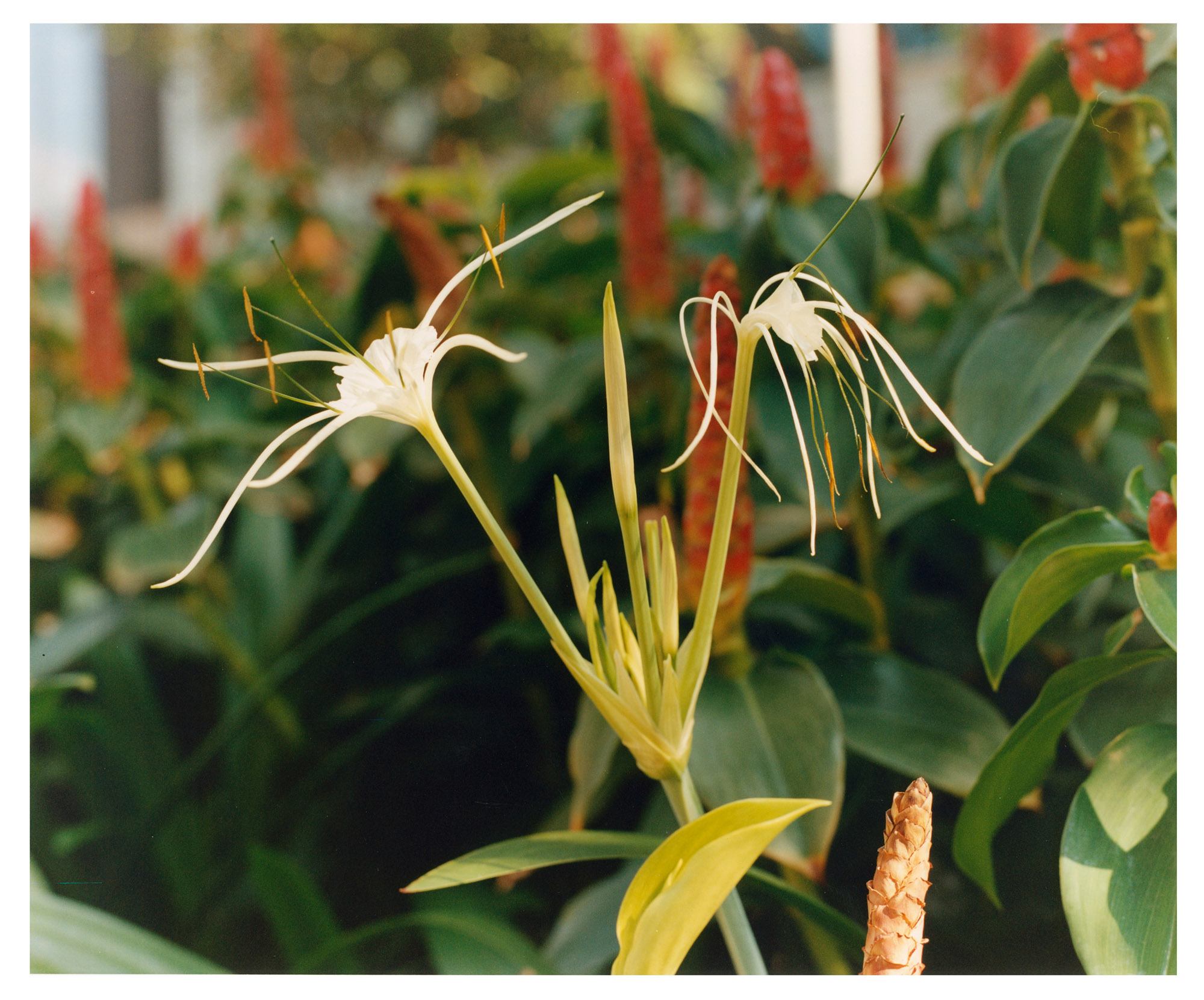
City shots around Ho Chi Minh City
But in a city where you can be anything, almost anything goes. Urbanisation is wild and rampant, and this sets an example – and offers a warning – to Vietnam’s other cities, including the capital. Hanoian artist Nguyen Phuong Linh’s Rubber, Soap, Tobacco, a permanent installation at NAF, consists of three large cubes made of the titular commodities, in a commentary on a rapidly changing urban Vietnam. The smell of the installation saturates the small exhibition room, and as you move around the cubes, one scent transforms into the next.
Receive our daily digest of inspiration, escapism and design stories from around the world direct to your inbox.
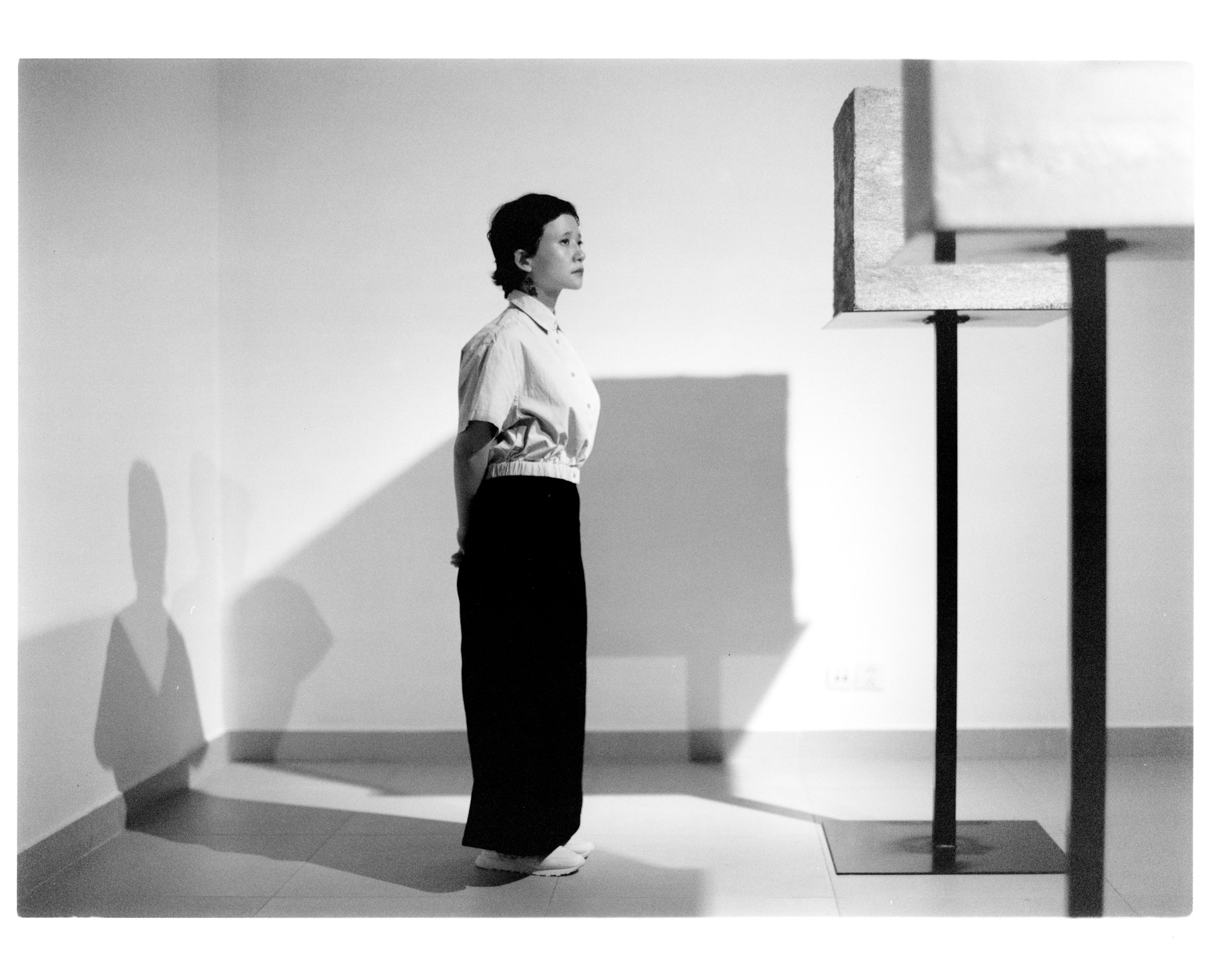
Artist Nguyen Phuong Linh with her artwork Rubber, Soap, Tobacco at the Nguyen Art Foundation in Thu Duc. The installation references the disappearance of many old factories, which are being replaced by residential developments
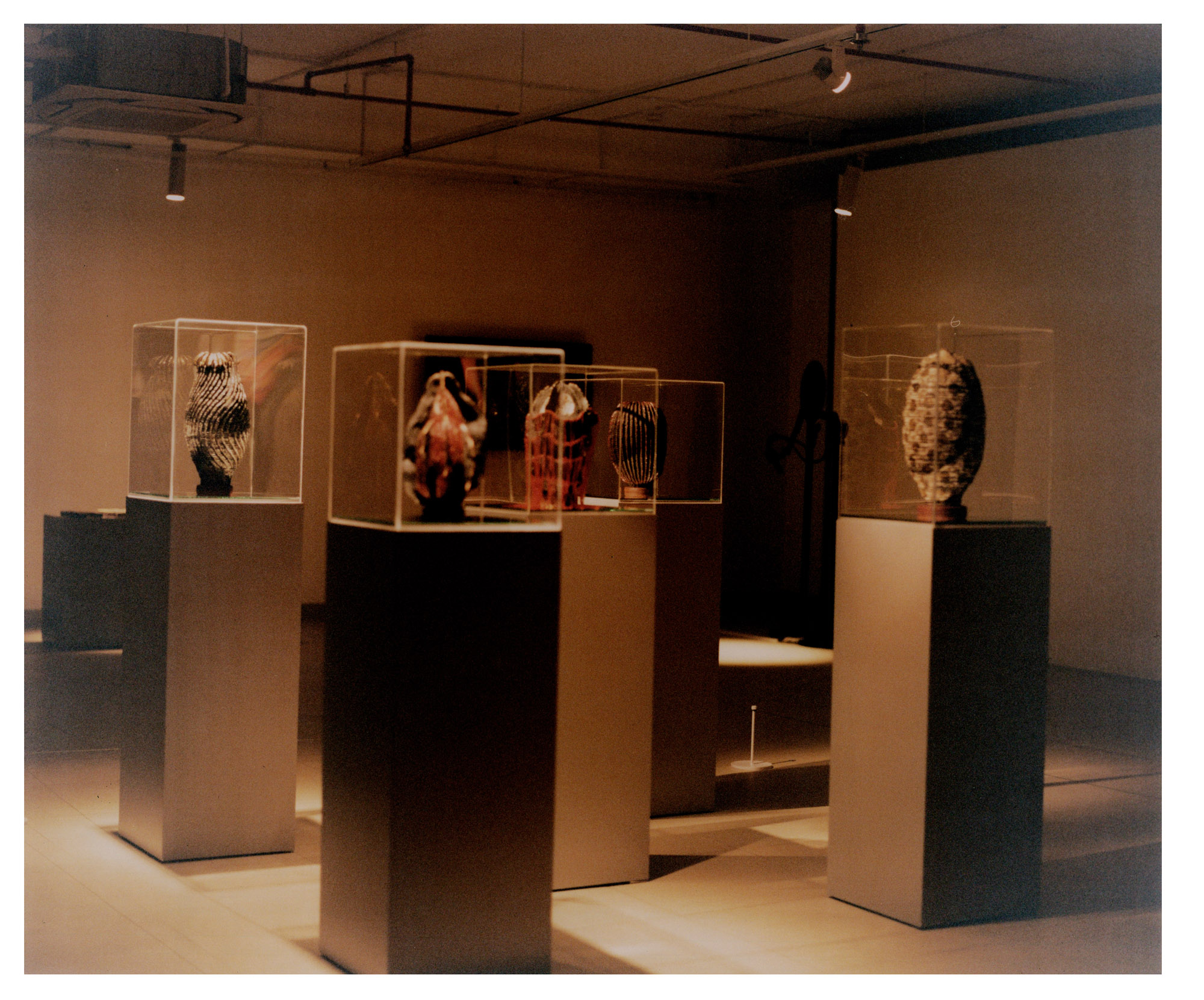
Nguyen Art Foundation (NAF)
Growing up in Hanoi, Phuong Linh would often cycle past old factories that produced these commodities. The living wartime remnants still belch the smells that inspired the artwork and are important reminders of the country’s industrial heritage, now under threat from developers keen to supplant them with apartment blocks. Made of organic matter, the ageing artwork will warp over time, though nobody can predict exactly how. ‘I can’t control how the work might degrade, but that’s part of it,’ says Phuong Linh. ‘We can’t know what might be ruined and what might remain.’
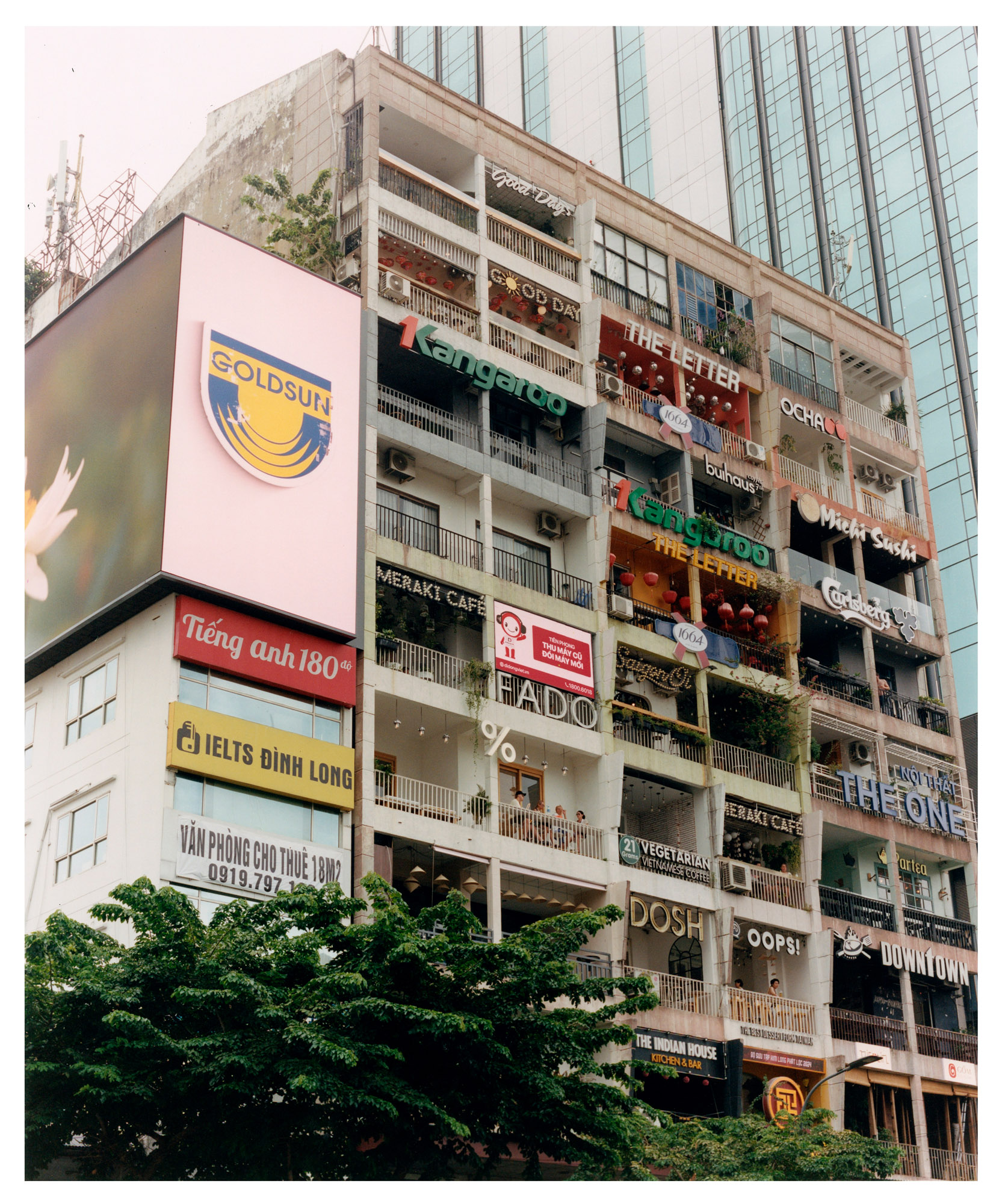
The Cafe Apartments in Nguyen Hue Walking Street
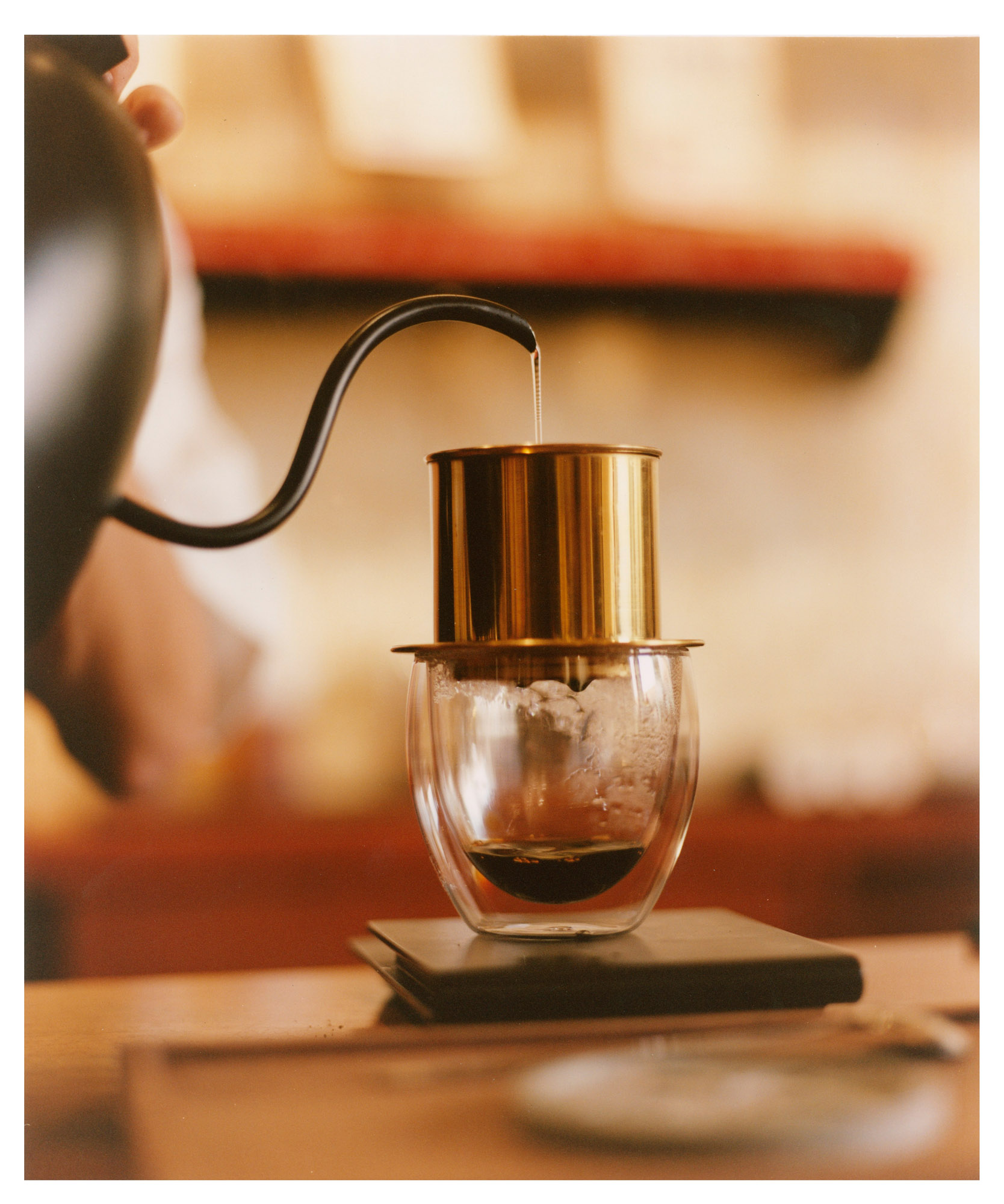
A traditional Vietnamese drip coffee, produced using a phin filter at Lacaph coffee bar
The Ho Chi Minh City of today is unrecognisable from the Saigon of half a century ago. This is most evident on the east side of the Saigon River, a new development area attracting big investments and bigger names. Foster + Partners are steering the evolution of The Global City, a 117-hectare masterplan with apartments, villas, schools, hospitals and shopping malls. Meanwhile, Büro Ole Scheeren is working on an ensemble of biophilic high-rise towers that overlook the river. The projects are ambitious, but Nguyen remains sceptical. ‘I can’t help but wonder, who are these projects for? Who can actually afford to live here?’
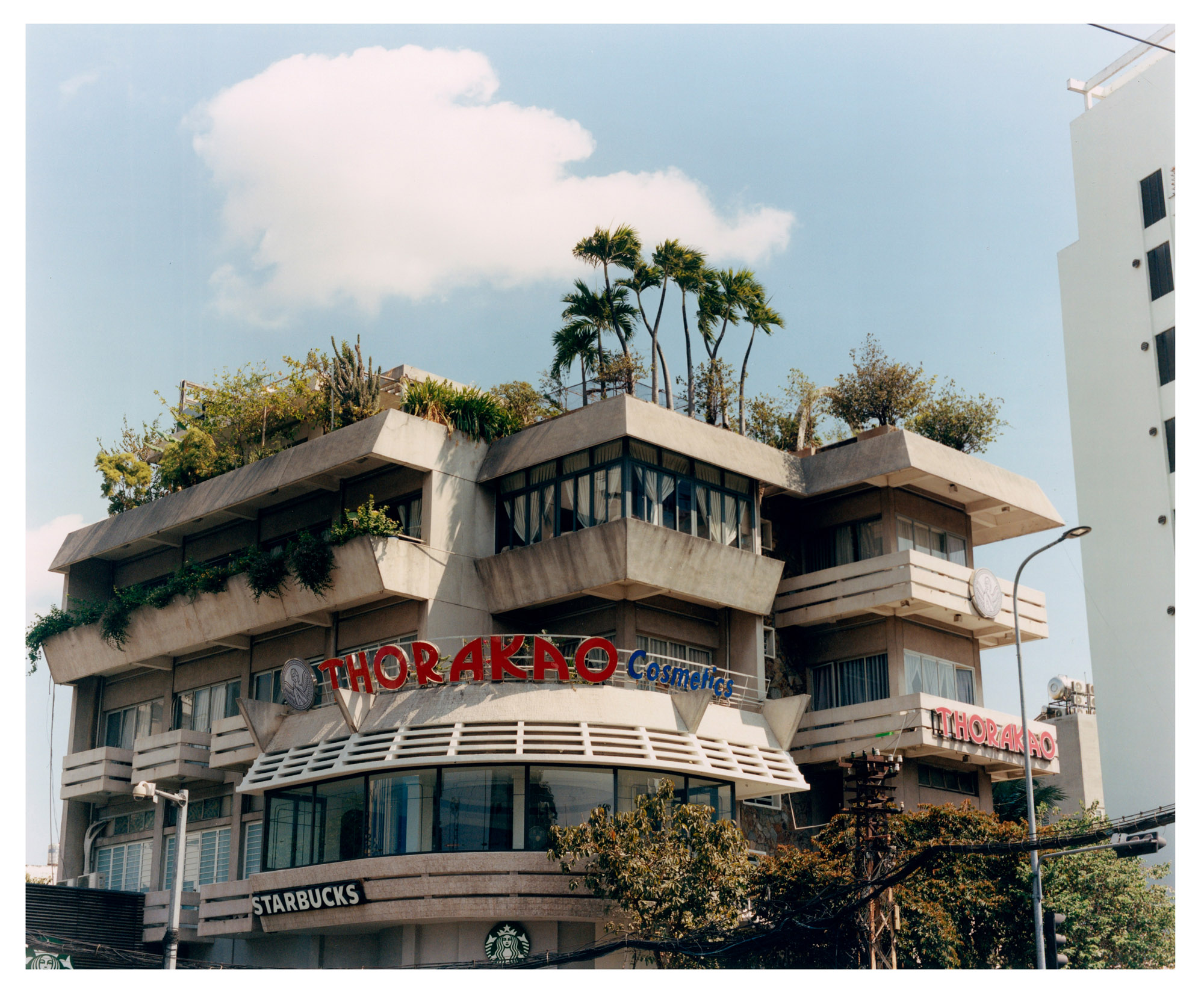
A Vietnamese modernist building in District 3 houses local cosmetics brands Thorakao and a branch of Starbucks. Vietnam is the second largest coffee exporter in the world, but the Seattle-based chain accounts for only a meagre share of the local coffee-drinking market
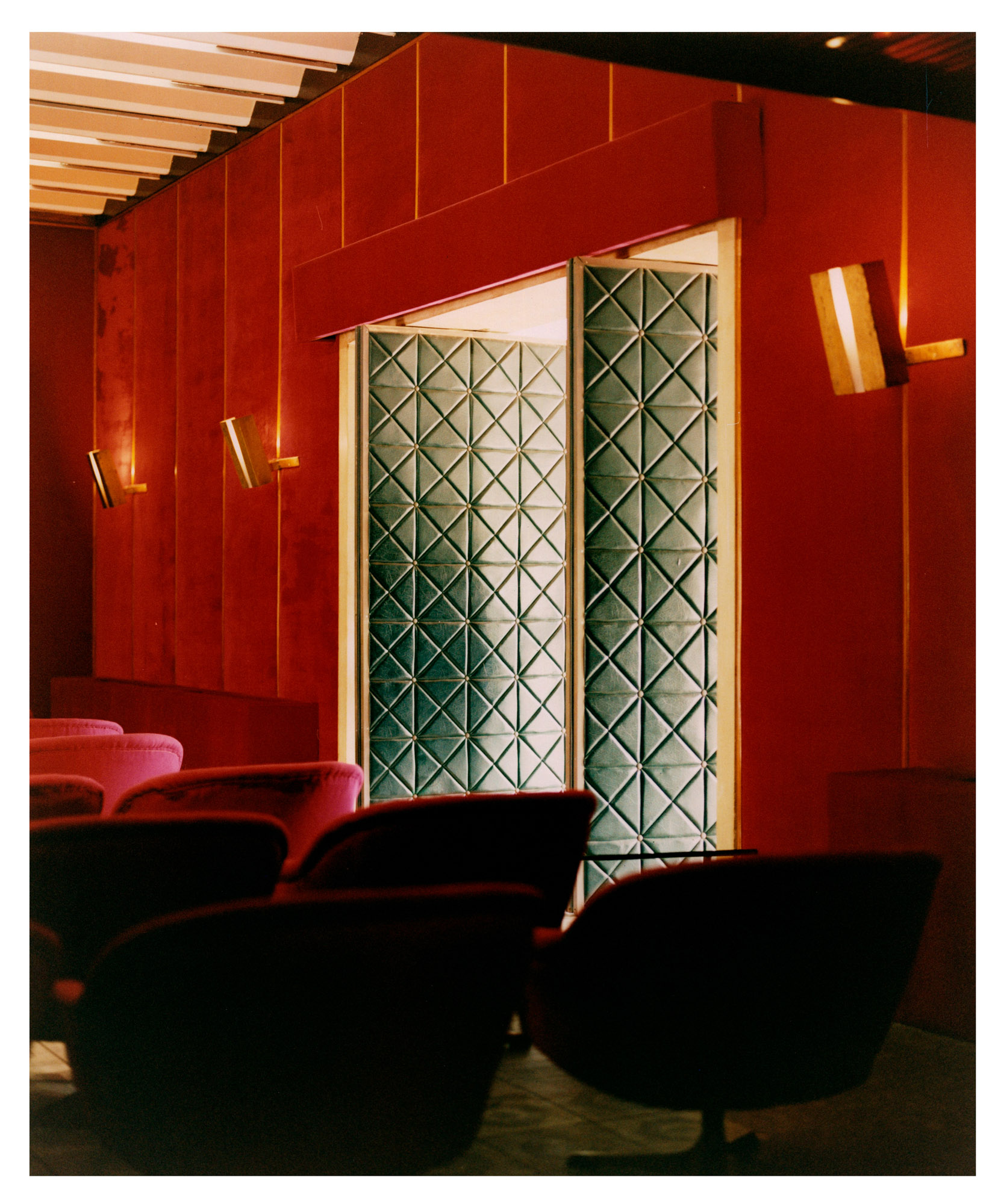
The interiors at Ho Chi Minh City’s 1966 Independence Palace, have been left untouched since the 1970s, including this luxurious cinema room with red velvet upholstery and padded doors
Nestled among the mega projects of the river’s east bank, homegrown biophilic talent is propagating more quietly; this is where Vo Trong Nghia of VTN Architects and Nguyen Hoang Manh of Mia Design Studio, two of Vietnam’s leading architects, advocate a greener vision for Ho Chi Minh City’s future. Ensconced in headquarters draped in foliage, they hope to nurture Vietnam’s next generation of community-orientated and sustainability-focused architects.
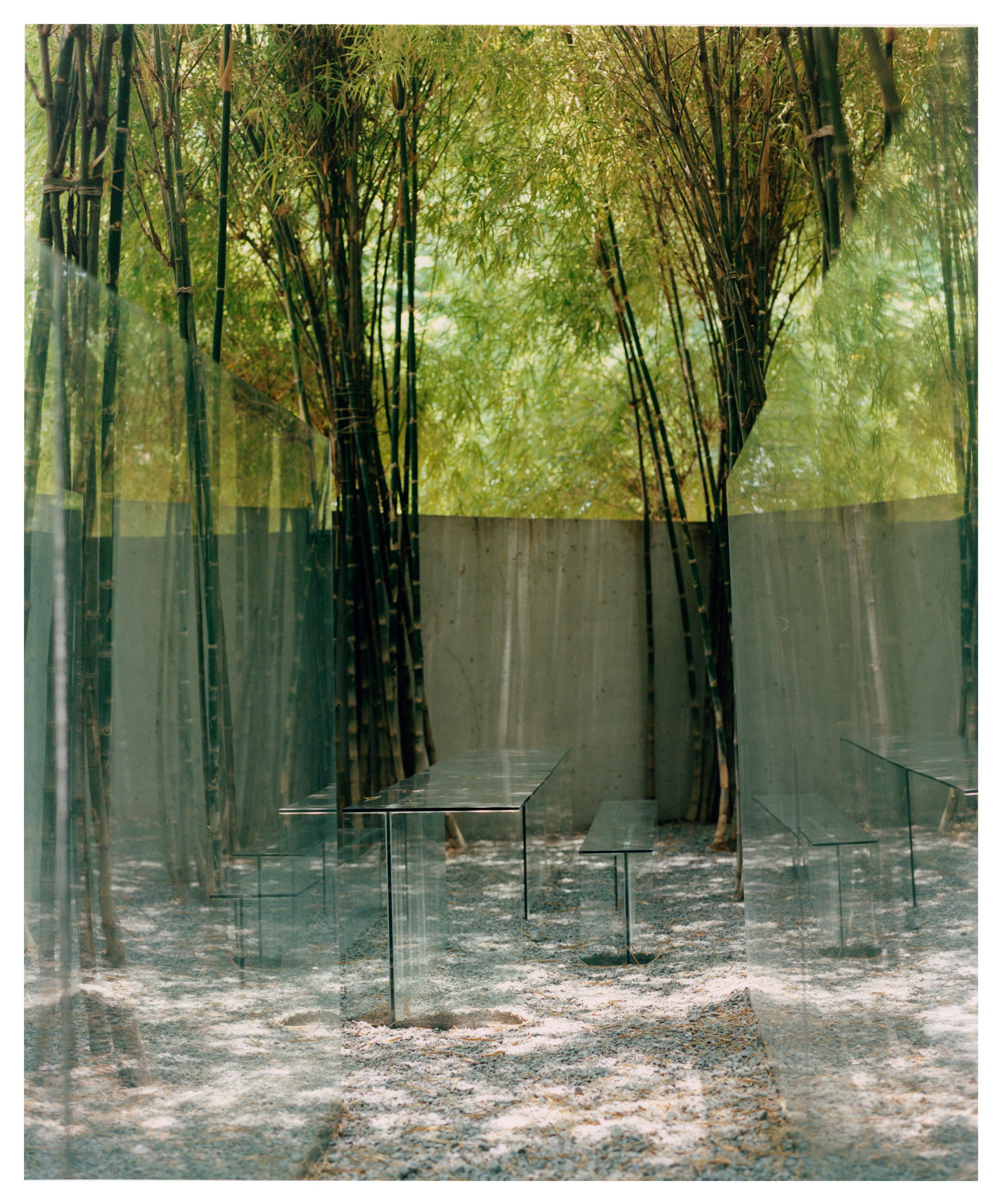
The courtyard garden at Mia Design Studio’s HQ, an airy building with a façade wrapped in foliage located in Thu Duc
West of the centre, local firm Tropical Space completed the Premier Office in 2022 using bricks. ‘Our philosophy is about letting the natural world in,’ says co-founder Tran Thi Ngu Ngon, who was born in Dong Nai, a province north-east of Saigon. ‘Sunlight, the breeze, even the rain can help craft the indoor environment. We don’t want to fight against nature. We want to embrace it.’ The bioclimatic, seven-floor office building seeks to maximise natural light while minimising heat from the sun, with a tree-studded buffer layer and perforated walls. The hope, Thi Ngu Ngon says, is that tenderly connecting office workers with the outside world will spark creativity.
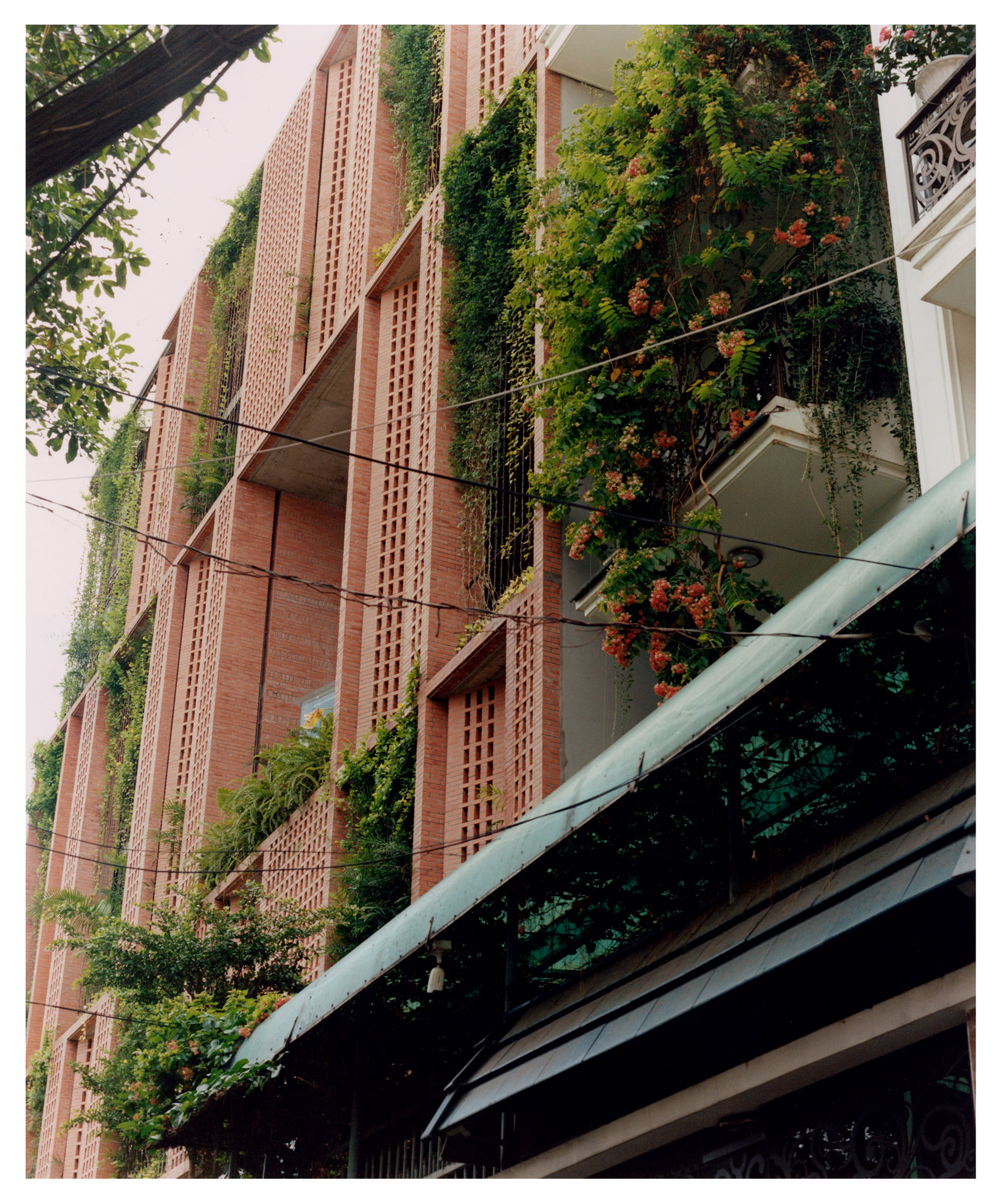
Tropical Space’s Premier Office, in Tan Binh, is a bioclimatic, seven-floor building featuring perforated brick walls
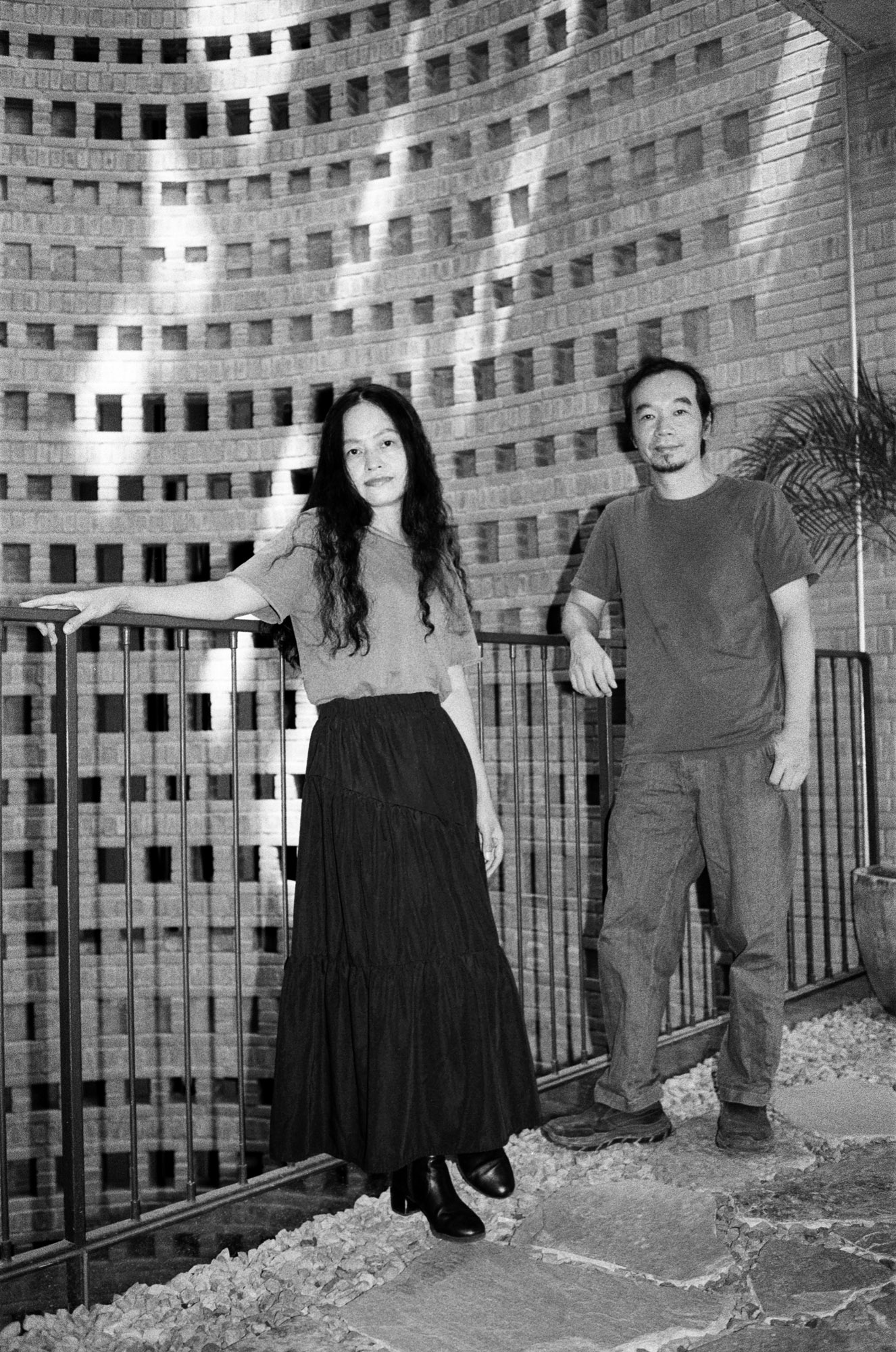
Architects Tran Thi Ngu Ngon and Nguyen Hai Long, of Tropical Space, in the atrium of their Premier Office project
Inside the colonial grid and dwarfed by the recently renovated Park Hyatt Saigon, you’ll find A21studio’s The Myst Dong Khoi, a theatrical example of Vietnam’s biophilia. The 18-storey hotel’s prominent feature is a white façade with a patchwork of large square openings, through which foliage bursts forth. Step inside, however, and you’ll discover a subtle lamentation of the city’s disappeared heritage. A decade ago, developers destroyed the nearby 200-year-old Ba Son shipyard to make space for high-rise apartment buildings. A21studio used reclaimed materials from the wreckage – including a giant anchor – to embellish the hotel’s Bason Café, in a permanent exhibition that contemplates what was lost, and why.
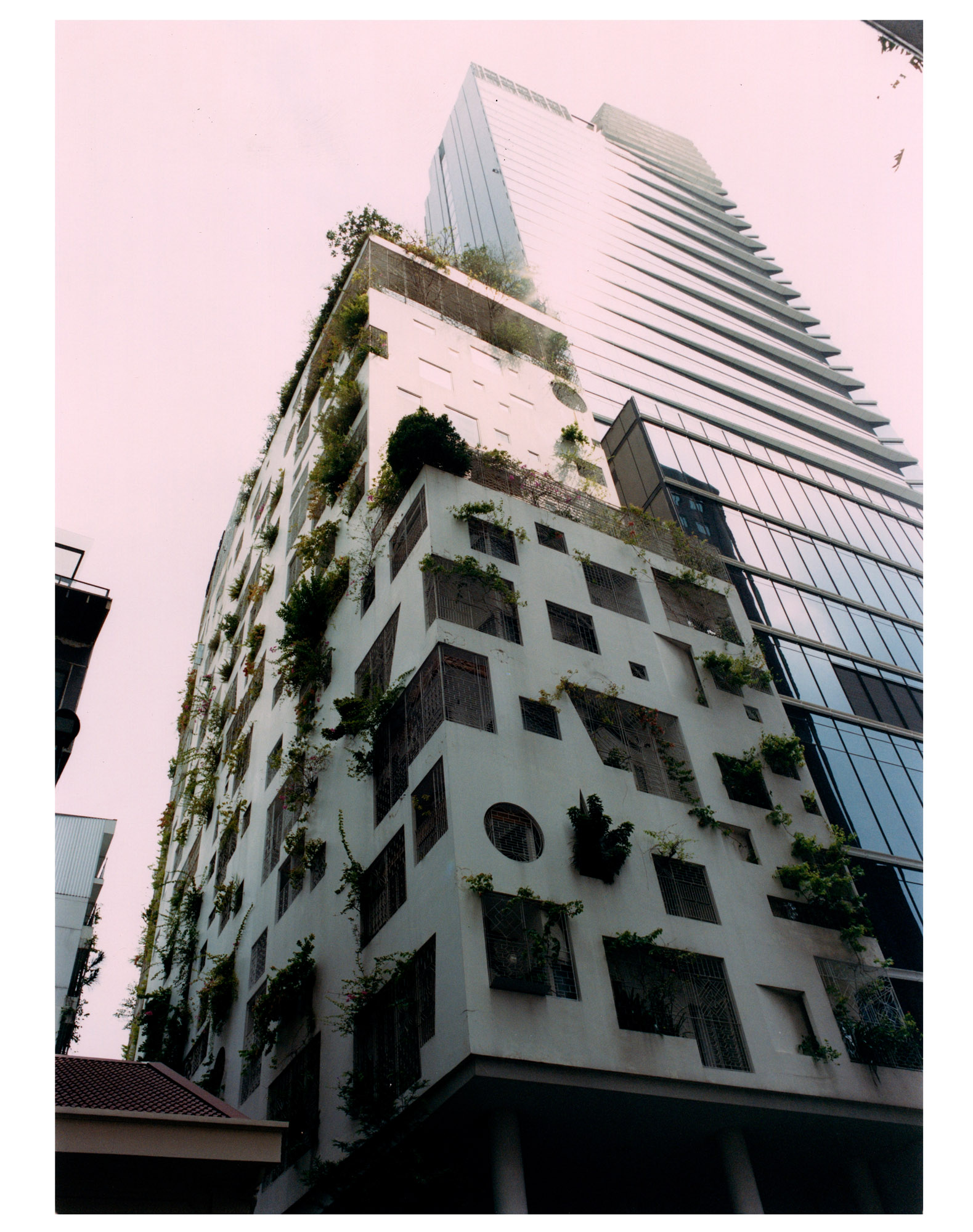
The Myst Dong Khoi Hotel
Repurposing heritage elsewhere in Ho Chi Minh City is less Frankensteinian, and probably most visible in the lively and seductive café culture. Speckling every district are affordable cafés that occupy upcycled buildings and spill out on to pavements. Lacaph seeks to refine Vietnamese coffee by offering high quality brews on the first floor of a colonial-era terraced shophouse. District Eight, a luxury furniture and homeware brand designing pieces informed by Vietnamese heritage, houses a cosy ground-floor café in its showroom with street-side seating. Architects SgnhA have injected modern touches into Okkio Duy Tan, a detached colonial mansion, and Sipply, a midcentury townhouse, to convert them into coffee shops.
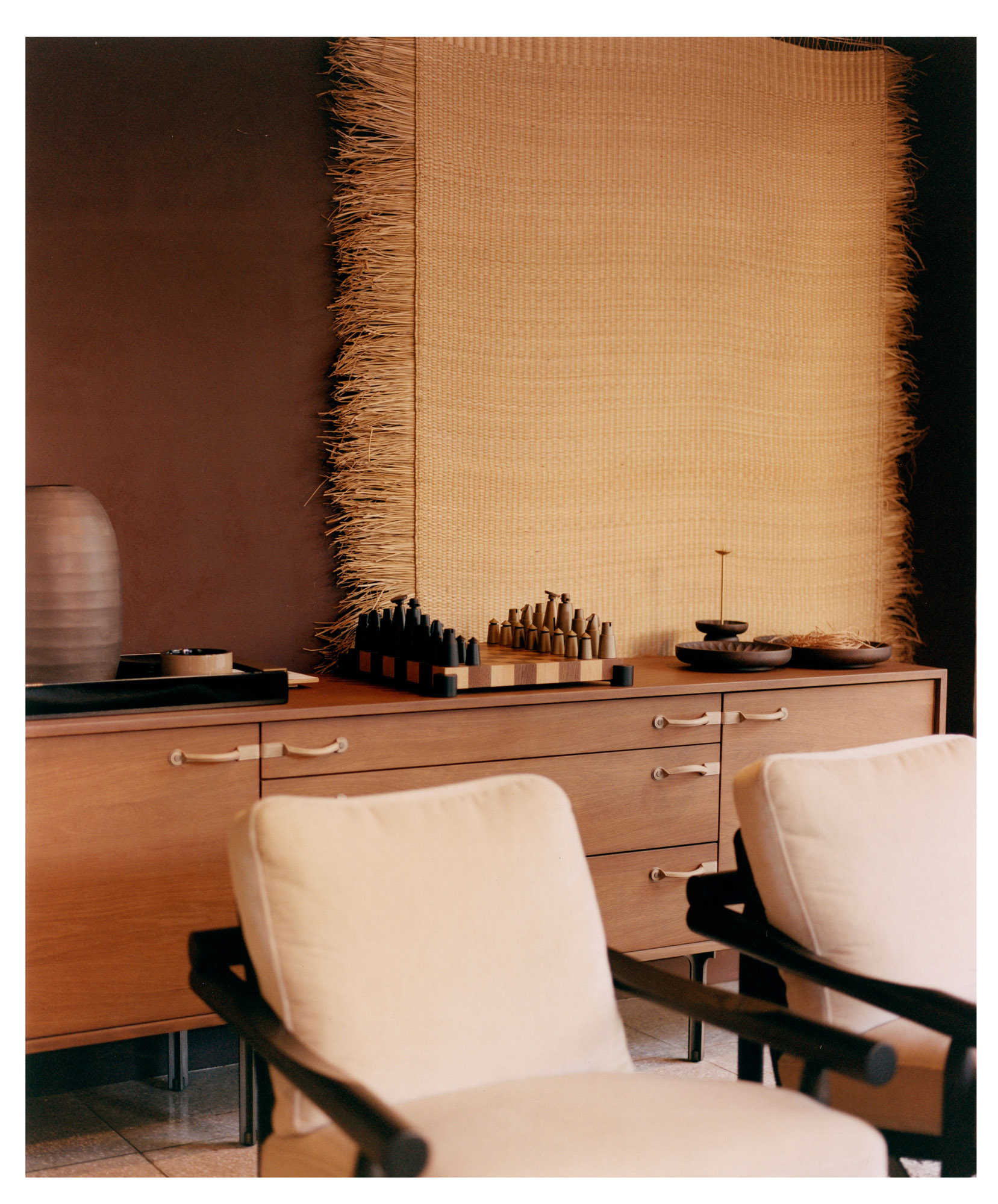
The minimalist showroom of furniture and homeware brand District Eight, whose works include a chess set inspired by historical Vietnamese court attire, the ‘Tote’ credenza and the ‘Stilt’ armchair
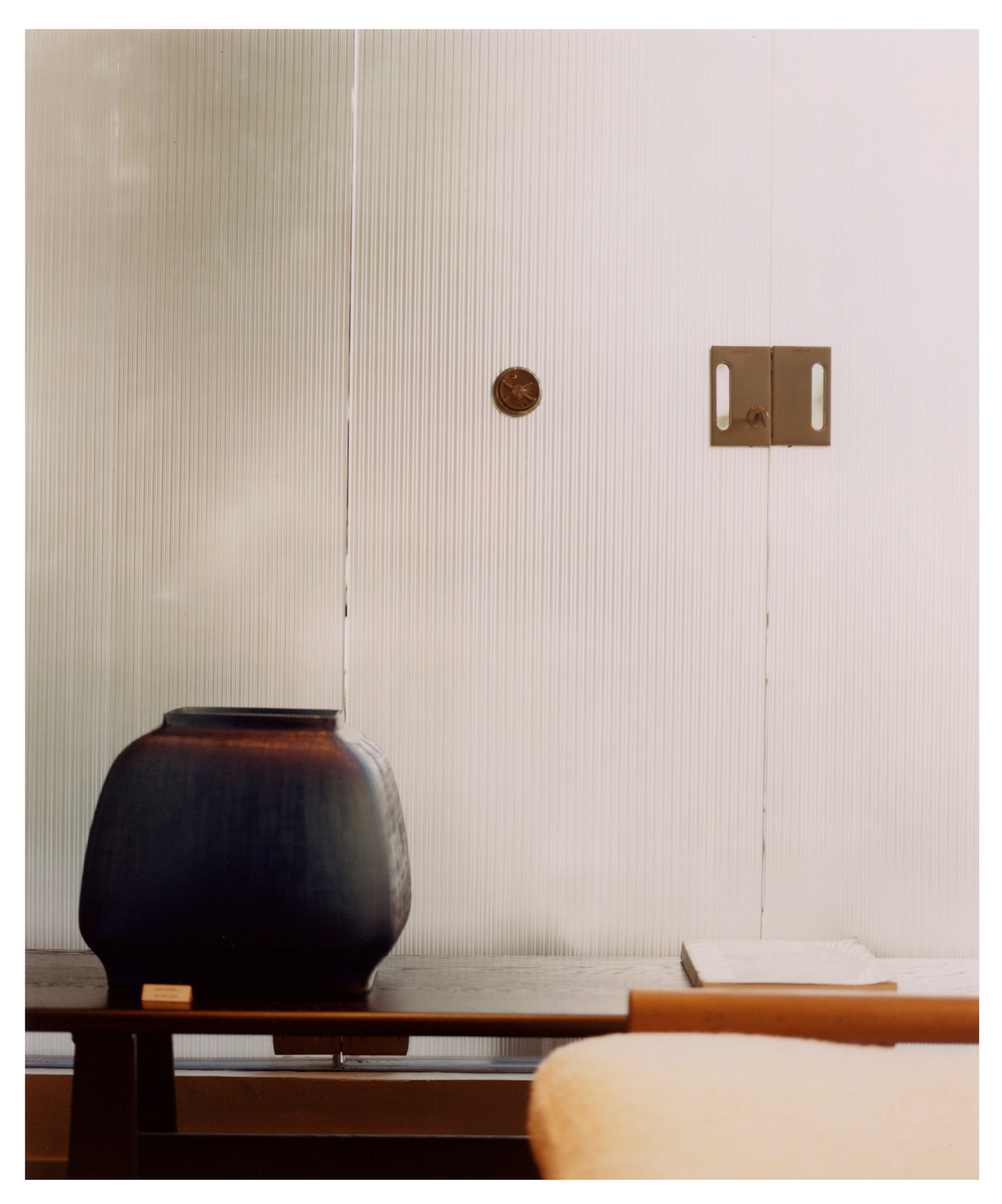
The minimalist showroom of furniture and homeware brand District Eight, whose works include a chess set inspired by historical Vietnamese court attire, the ‘Tote’ credenza and the ‘Stilt’ armchair
Some cafés craft sweet treats that bridge Western and Vietnamese tastes. T3 Architects restored a modernist residence from the 1950s, rejuvenating lightwells, louvres and a garden that buffers the building from the road. Here you can pair your coffee with artisanal chocolate from The Cocoa Project. This chocolatier infuses its confections with provincial zest, like chewy sun-dried bananas from the Mekong Delta and spicy pepper from the northern mountains. A few blocks east, T3 Architects also designed Ivoire, a chic patisserie, with broad windows that bathe the lofty floors with natural light. Though, in essence, a European-style bakery, Ivoire incorporates tropical fruits such as guava, pineapple, persimmon and kumquat into its eye-catching desserts.
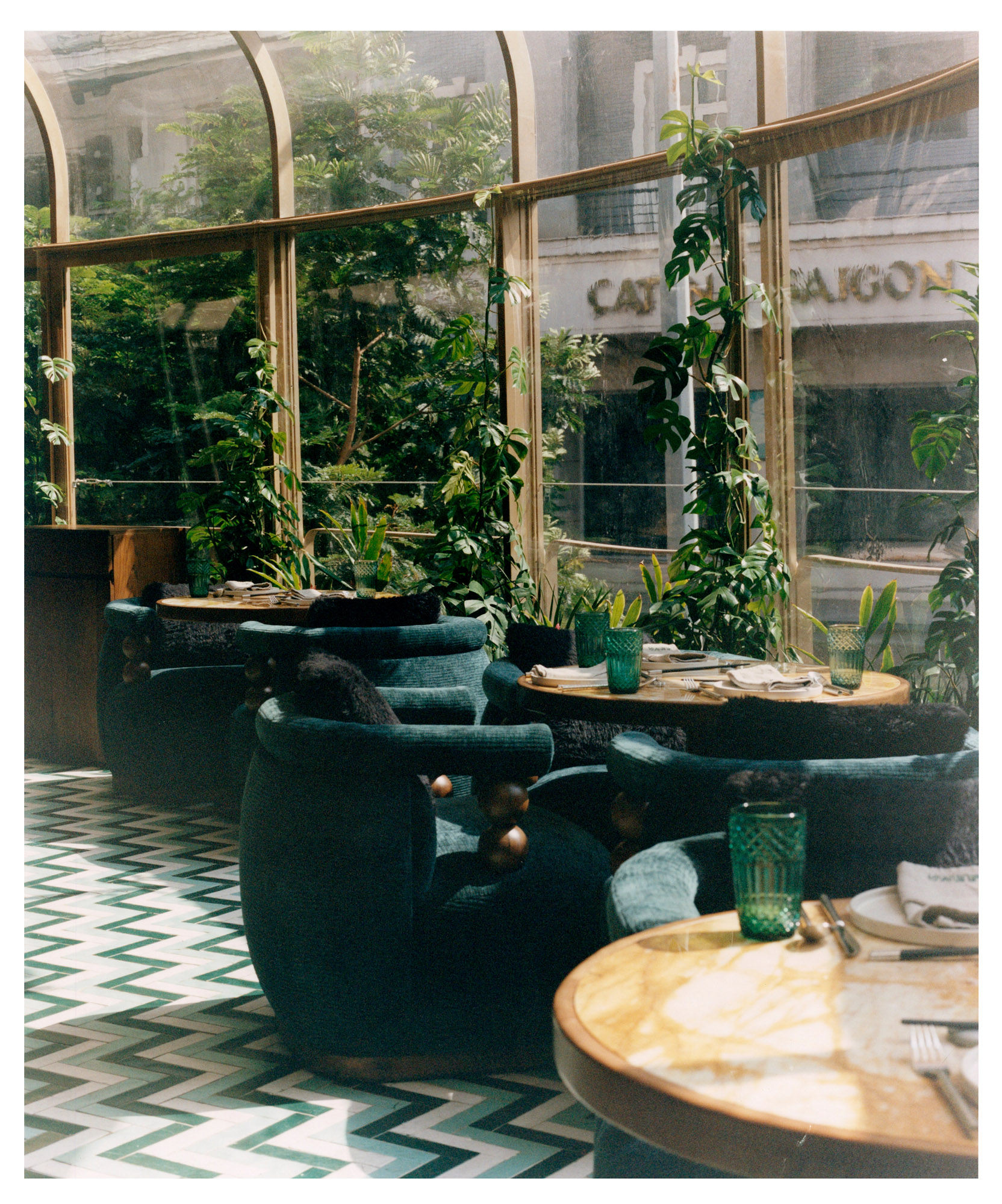
Yunka restaurant
Contemporising classic flavours is a movement that’s in full swing. Vietnam has long been associated with cheap street eats, but challenging this outdated perception are a slew of fine dining restaurants born from traditional kitchens. At Anan Saigon which boasts the city’s only Michelin star, you can tuck into elevated versions of Vietnam’s best-known street food dishes, such as banh mi and pho. Over at Nén Light, the team has taken a more daring route by composing tasting menus featuring fresh dishes that remain grounded in traditional Vietnamese recipes.
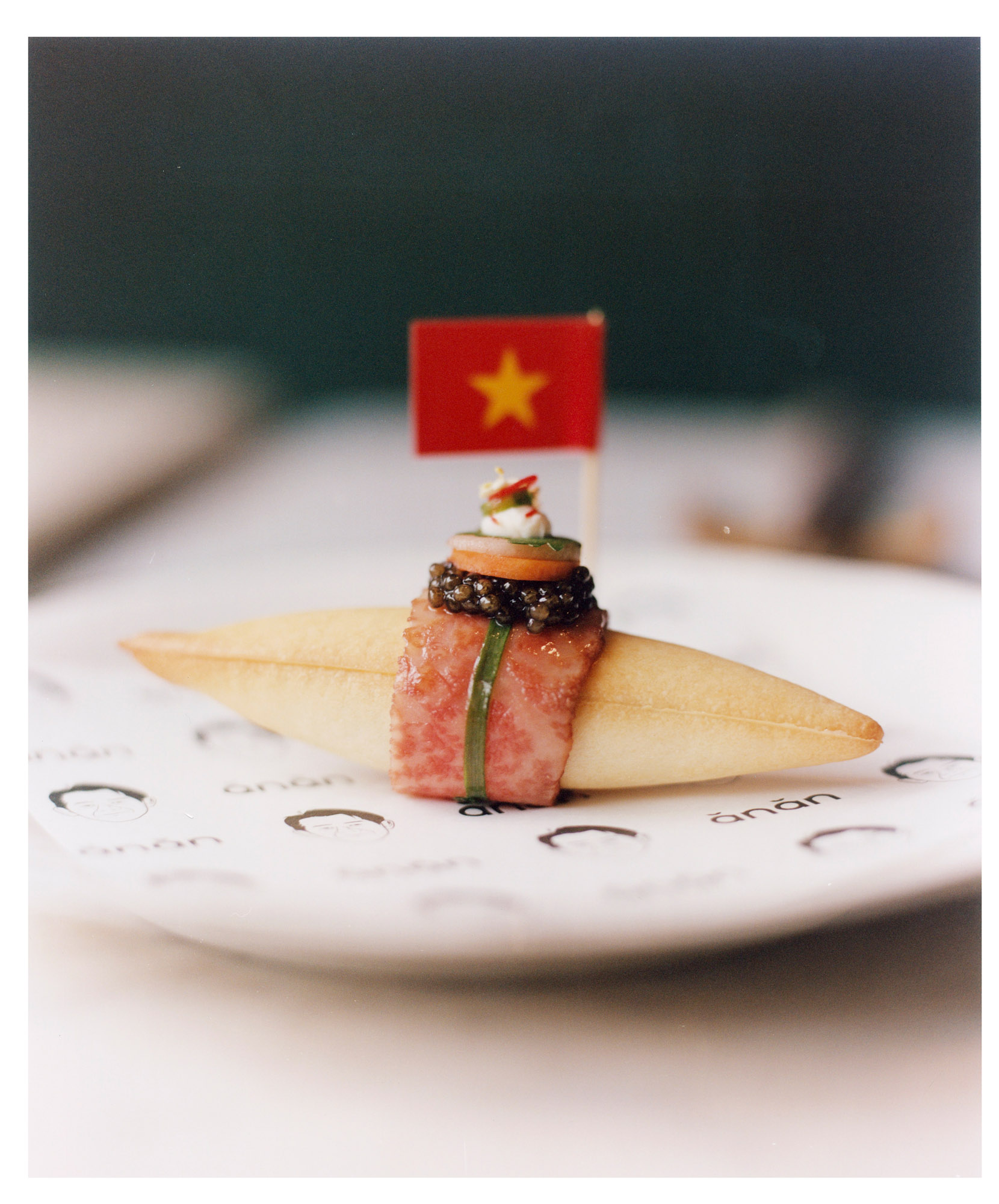
Michelin-starred restaurant Anan Saigon’s elegant take on the banh mi, Vietnam’s famous baguette sandwich
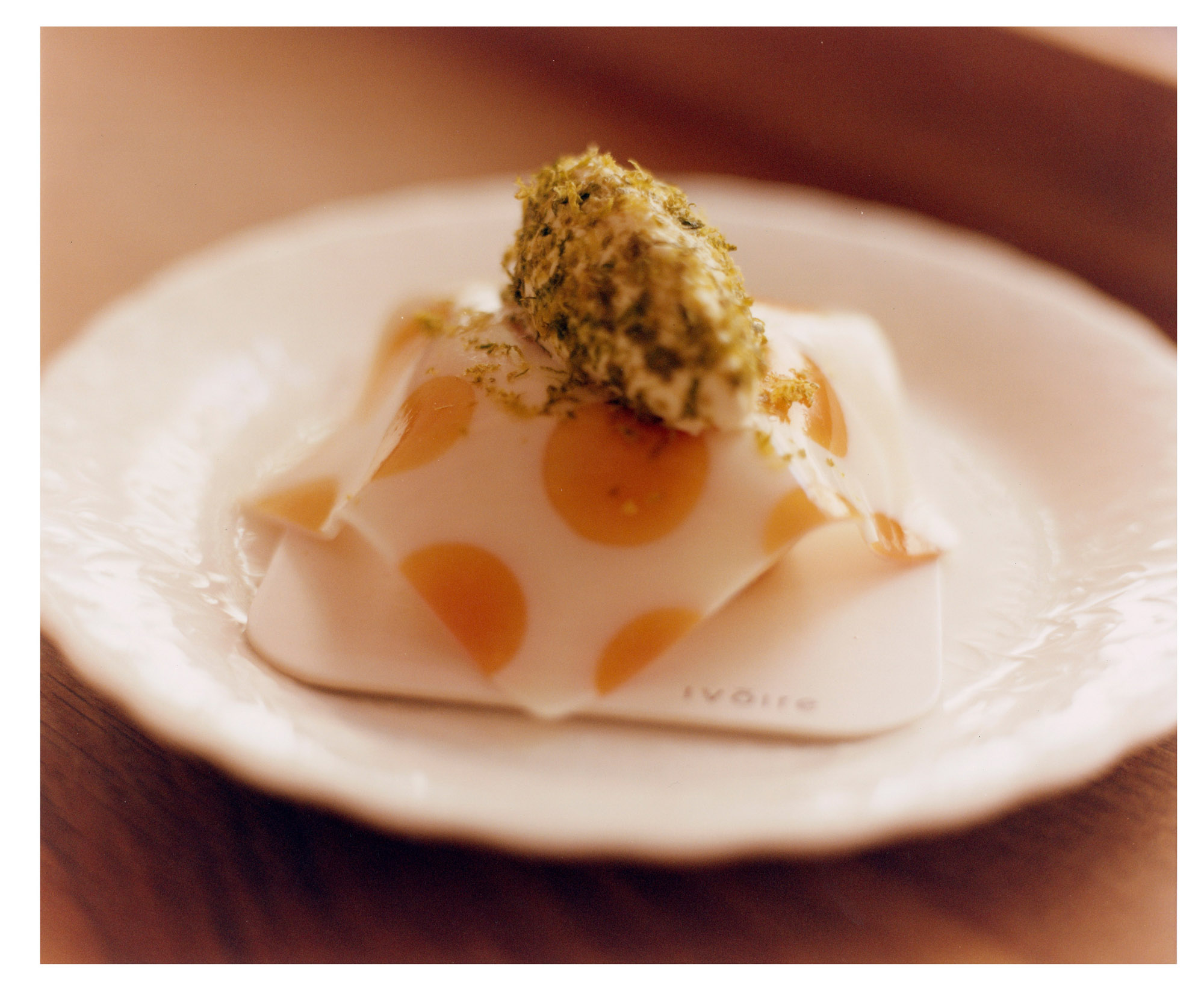
Located near the Opera House, Ivoire is an upscale patisserie specialising in delicate creations such as this one made with poached apple, yuzu, cara cara orange custard and walnut dacquoise
‘When I arrived in Vietnam [in 2001], the culinary scene was mostly on the street,’ says Sarah Nguyen, the French creative director at StudioDuo, an architecture and interior design practice based in the city. Though she laments the bulldozing of street life to make way for a modern metropolis, she’s observed that ‘the change has brought positive things like new fusion restaurants that highlight more elaborate cuisine.’ At Yunka, a Nikkei restaurant, StudioDuo reimagined the first floor of a curved heritage corner building that combines art deco and modernist features. The firm extended the curvature to the interiors, with ‘natural patterns and free-form geometry,’ says Arturo Moreno, the Spanish architect at StudioDuo who moved to Saigon in 2015. This creates a fluid atmosphere boosted by a border of greenery.
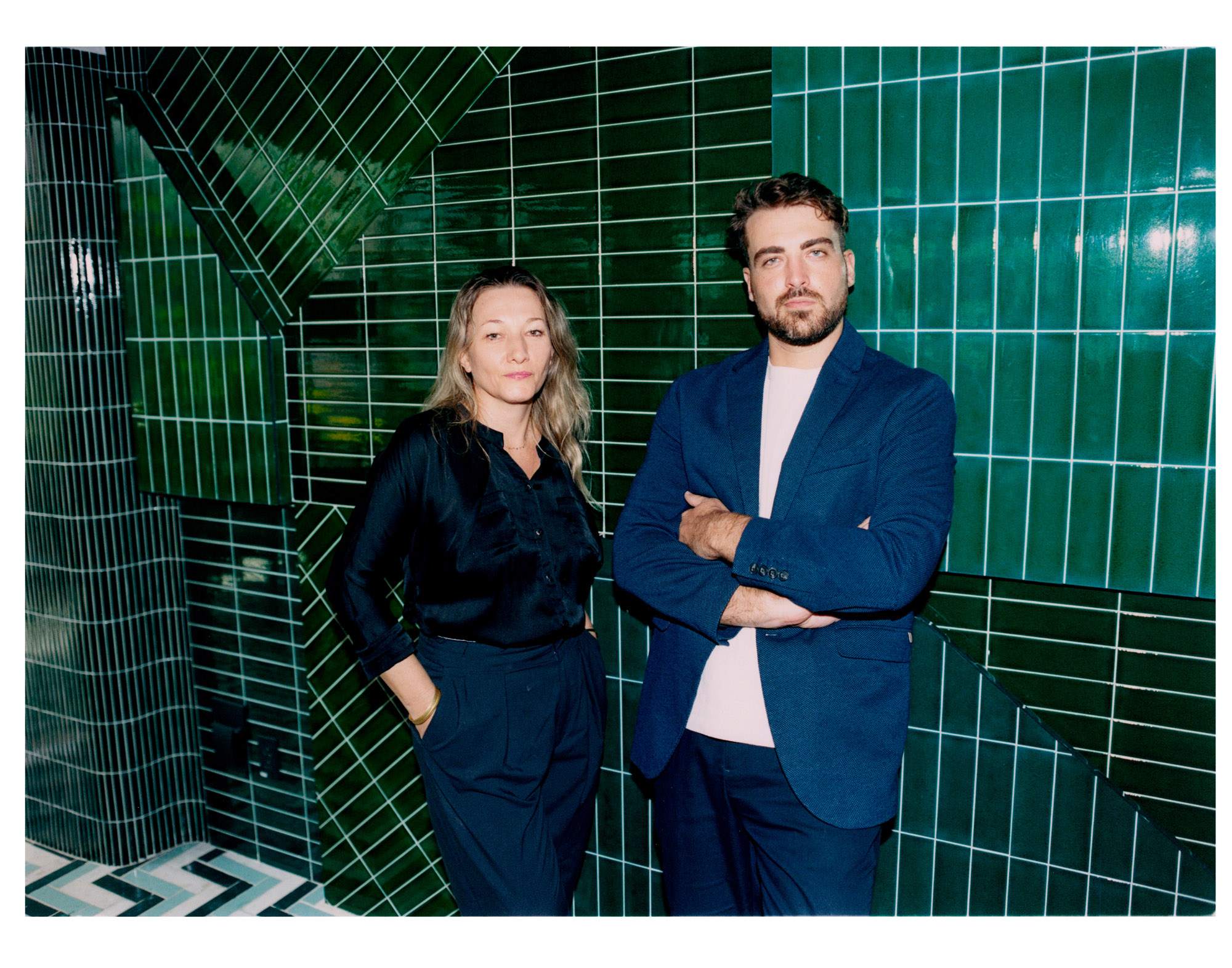
Sarah Nguyen and Arturo Moreno from StudioDuo
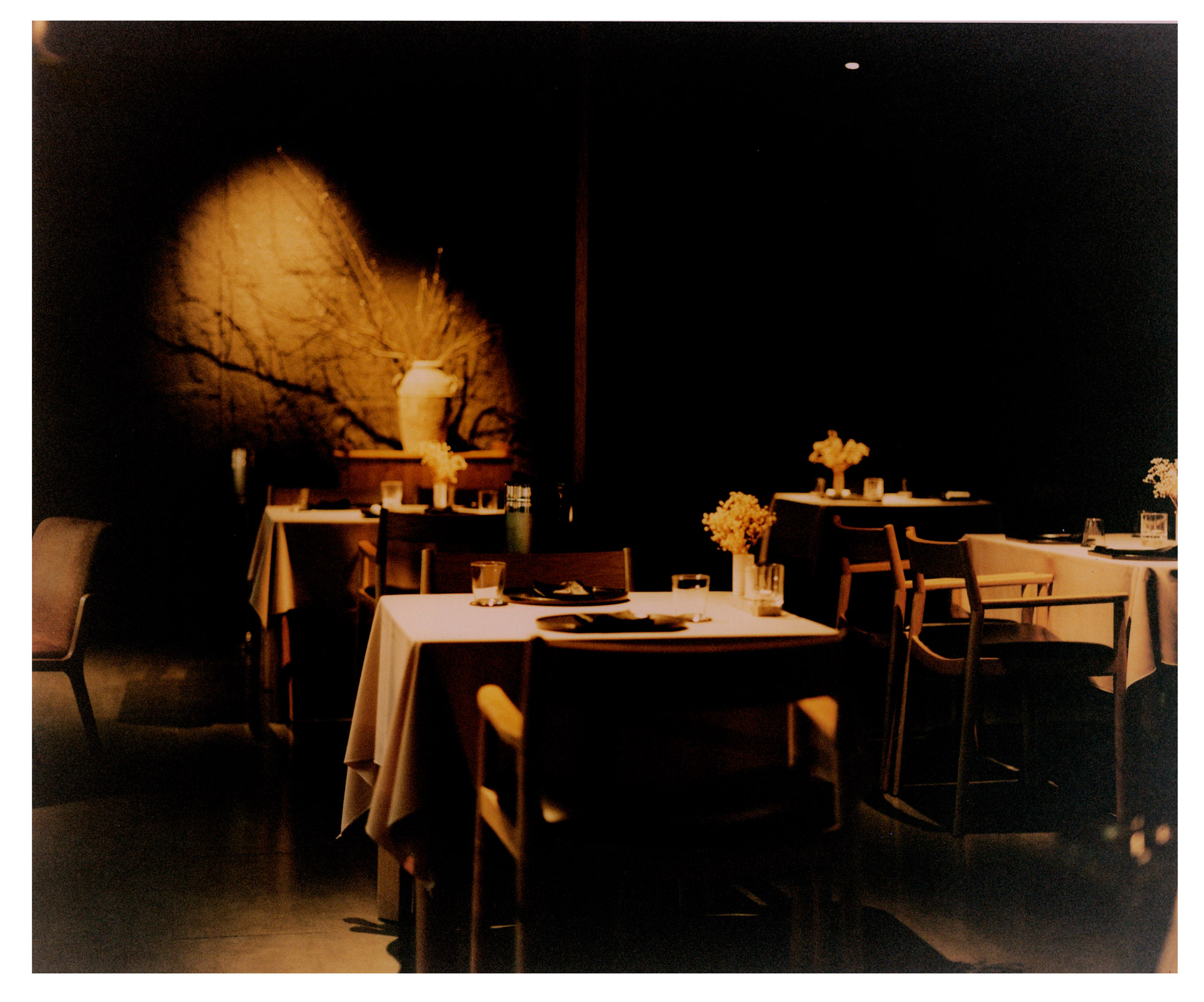
The atmospheric interiors of Nén Light, a fine dining restaurant specialising in hyper-local ingredients and inspiring dishes
The restaurant and nightclub may offer a glimpse of Ho Chi Minh City’s postmodern future: a hedonistic blend of surviving heritage, cosmopolitan clout and evolving narratives. ‘Next year marks the fall – or liberation depending on your point of view – of Saigon,’ says Bill Nguyen of NAF. ‘It will be intriguing to see what kind of narratives emerge from this event.
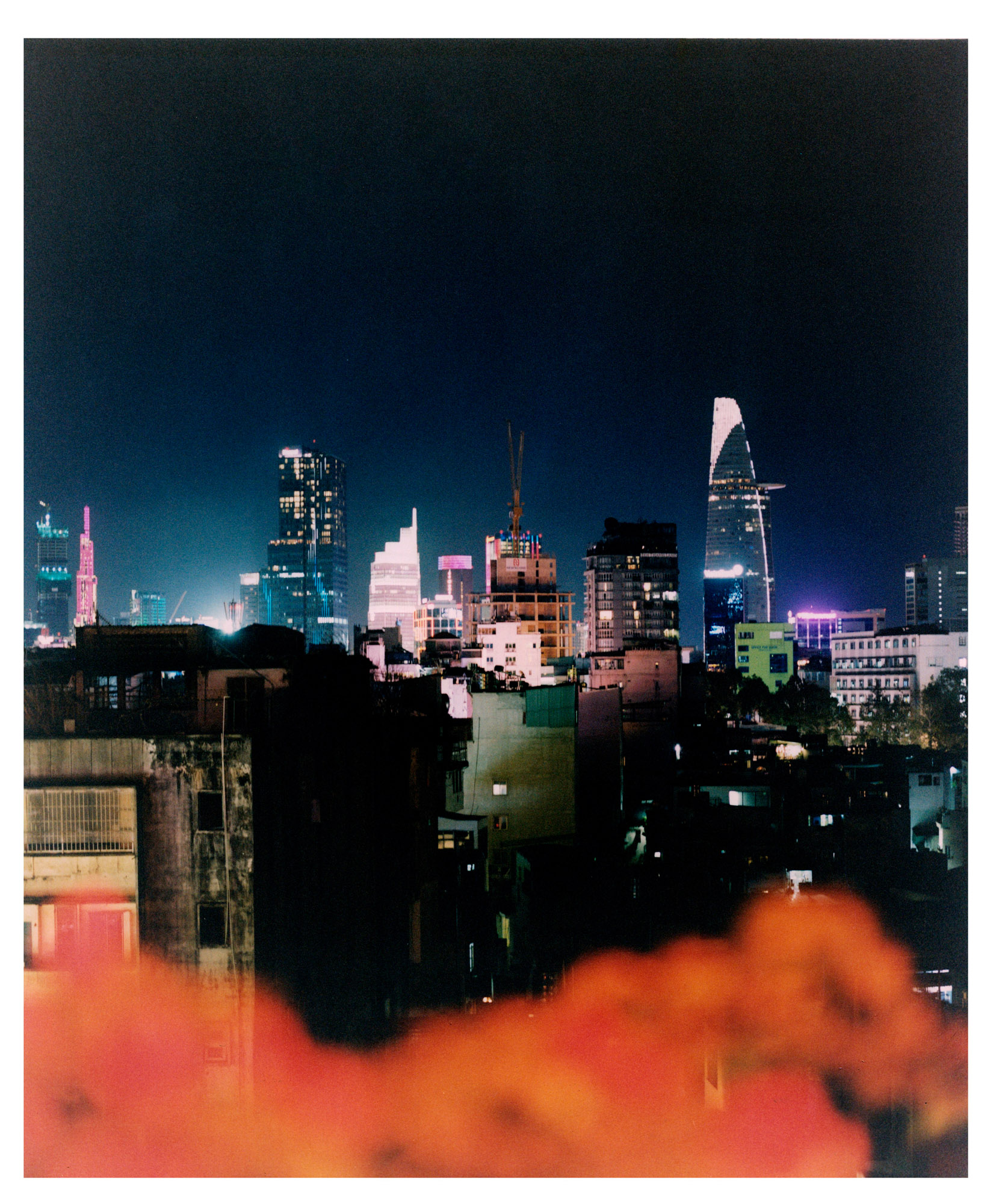
The cityscape as seen from The View’s rooftop bar, with, far left, in pink, Landmark 81, at 461m the country’s tallest skyscraper; centre, in white, César Pelli’s Vietcombank Tower, and far right, with a cantilevered helipad, Carlos Zapata’s Bitexco Financial Tower
A version of this article appears in the June 2024 Travel Issue of Wallpaper*, available in print, on the Wallpaper* app on Apple iOS, and to subscribers of Apple News +. Subscribe to Wallpaper* today.
-
 Serious cyclists now have serious options, courtesy of two new models from Canyon
Serious cyclists now have serious options, courtesy of two new models from CanyonWith two new bikes, the Endurace: ONfly e-bike and Endurance: AllRoad, Canyon is innovating with both price and performance
-
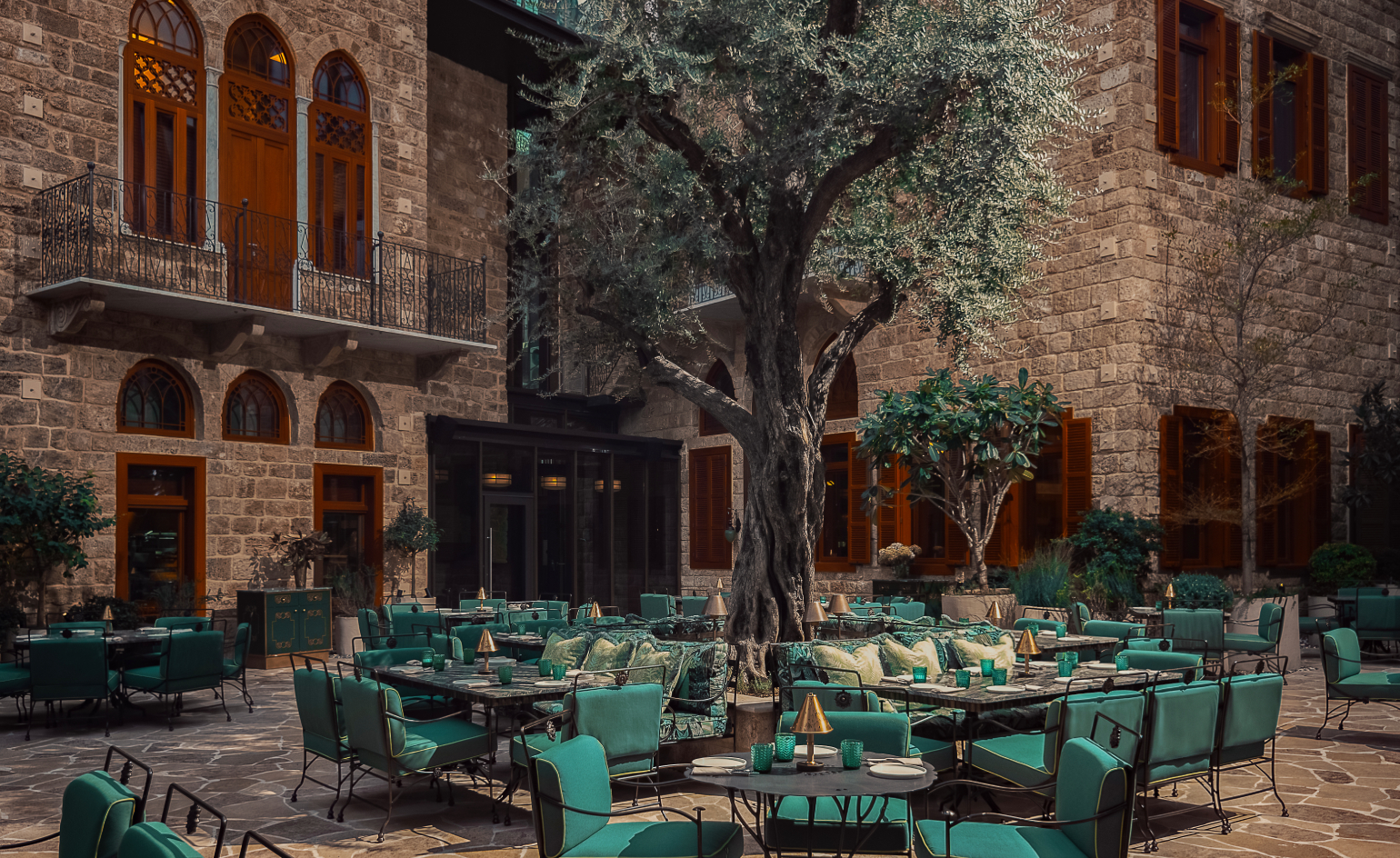 New members’ club Beihouse revives Beirut’s architectural heritage
New members’ club Beihouse revives Beirut’s architectural heritageFollowing the devastating 2020 explosion, three 19th-century homes in Gemmayzeh become a social hub balancing cultural memory with contemporary luxury
-
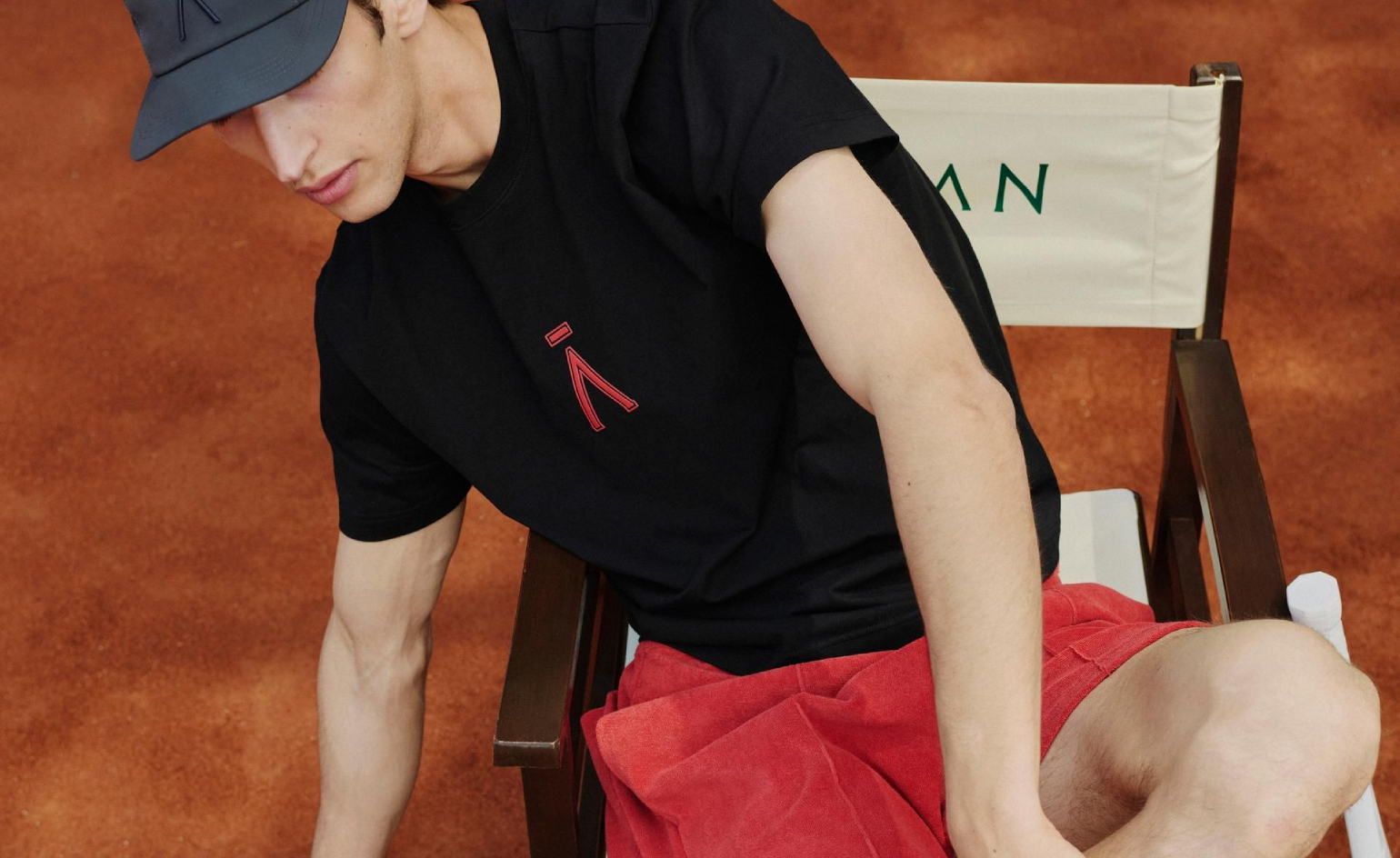 Aman New York unveils exclusive US Open-themed experience
Aman New York unveils exclusive US Open-themed experienceAman’s ‘Season of Champions’ pairs Grand Slam action with personalised recovery and performance treatments designed by Novak Djokovic and Maria Sharapova
-
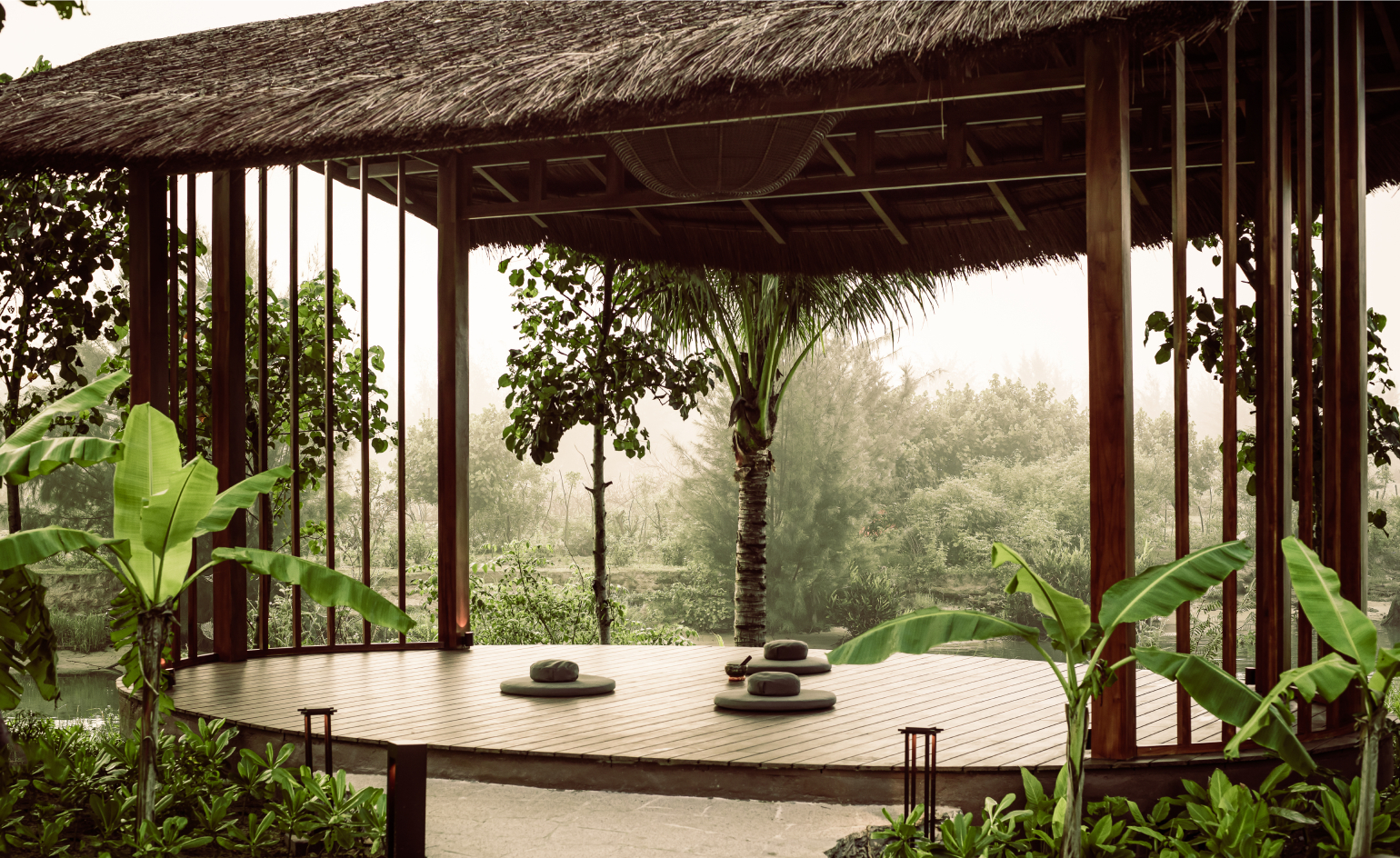 Ever heard of a wellness-inclusive resort? Book this Vietnamese retreat
Ever heard of a wellness-inclusive resort? Book this Vietnamese retreatEvery stay at Namia River Retreat includes traditional therapies, daily wellness rituals, and riverside cultural immersions
-
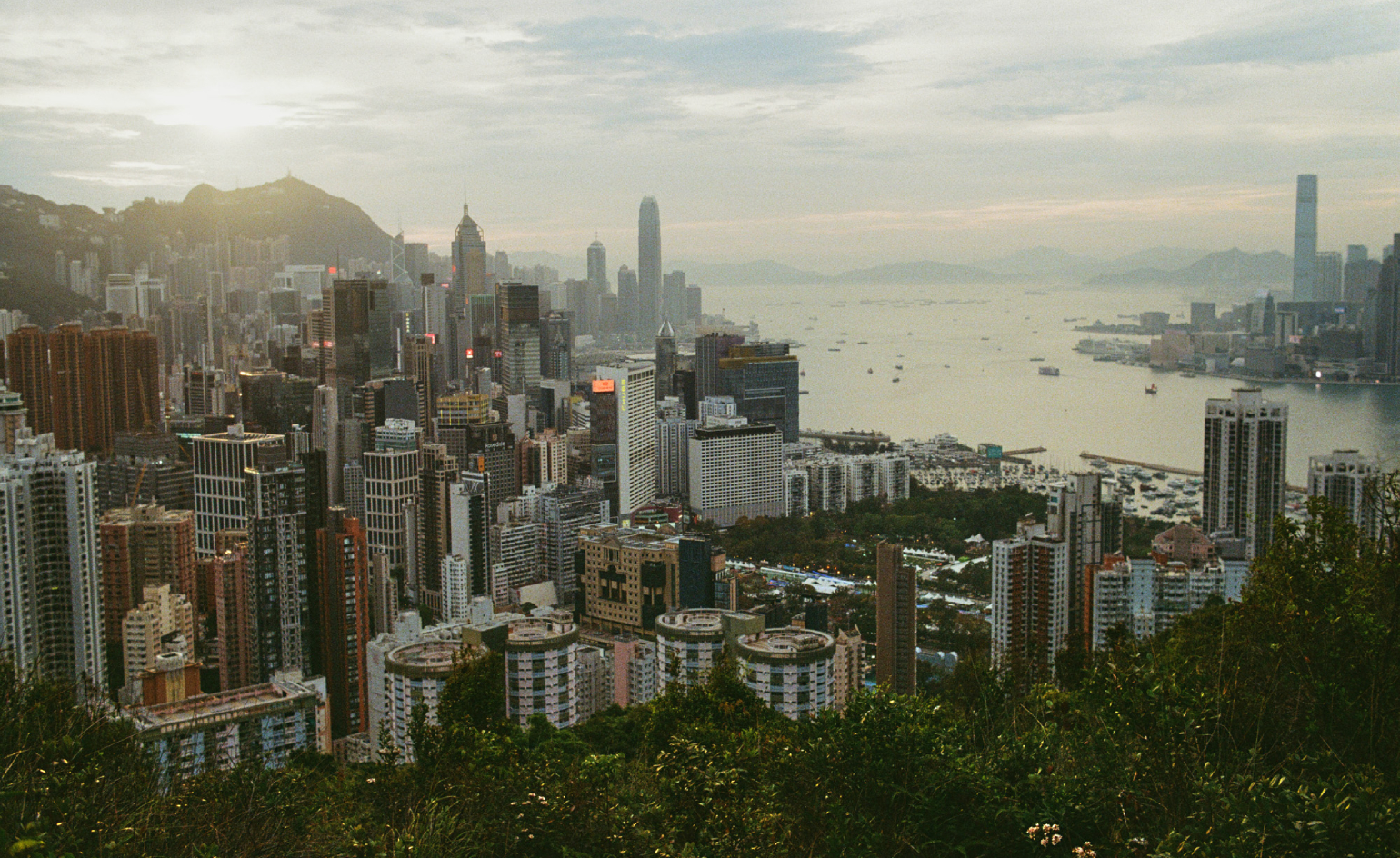 The Trip to Hong Kong: exploring a bold new capital of culture
The Trip to Hong Kong: exploring a bold new capital of cultureA resilient desire to shift perceptions yet preserve heritage is driving a new energy in Hong Kong as the next generation creates a bold new capital of culture
-
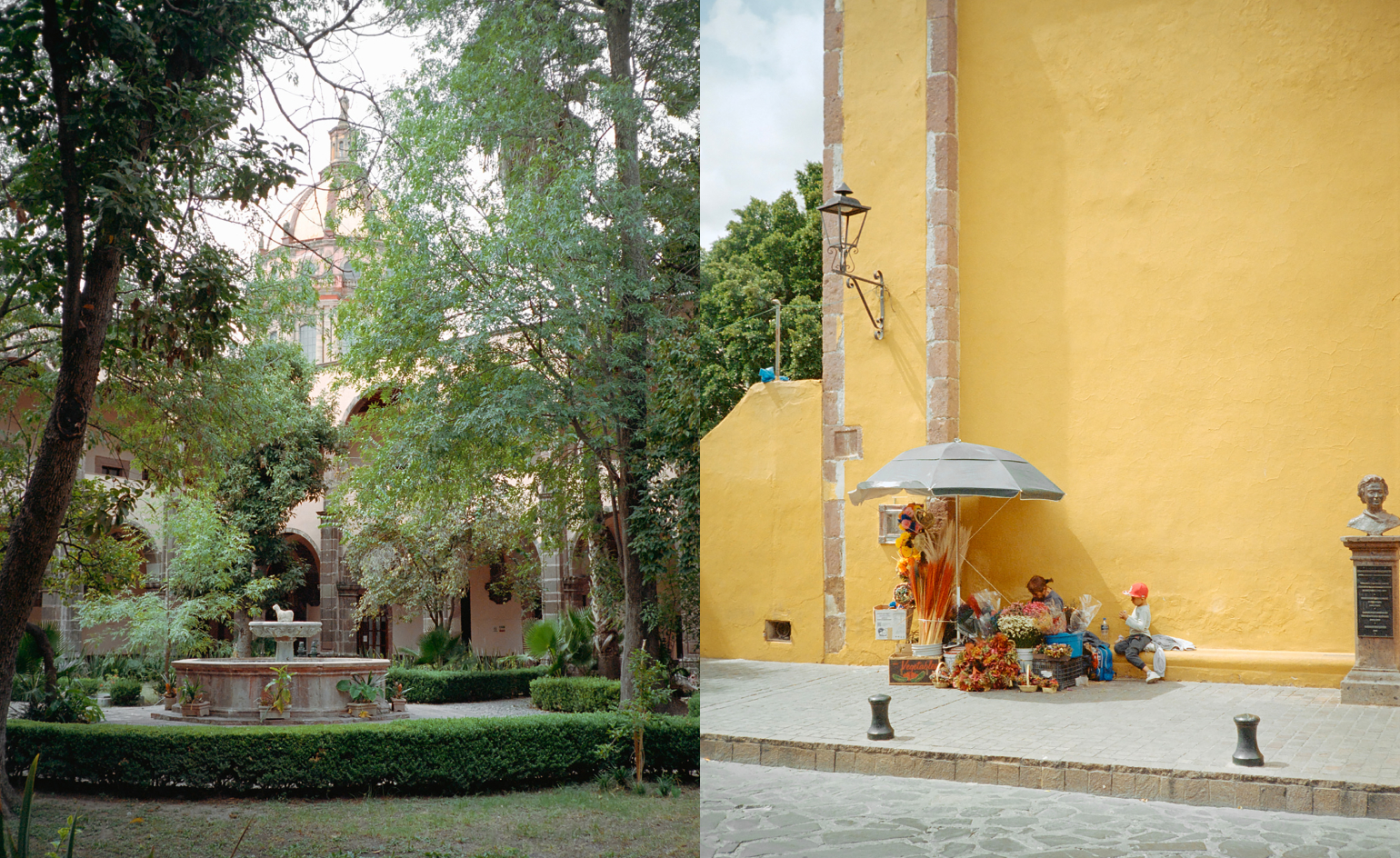 Take a trip to San Miguel de Allende, the Mexican City attracting a flourishing creative crowd
Take a trip to San Miguel de Allende, the Mexican City attracting a flourishing creative crowdSan Miguel de Allende is home to a bold young crowd of talent that’s thriving off the city’s brightly-hued heritage
-
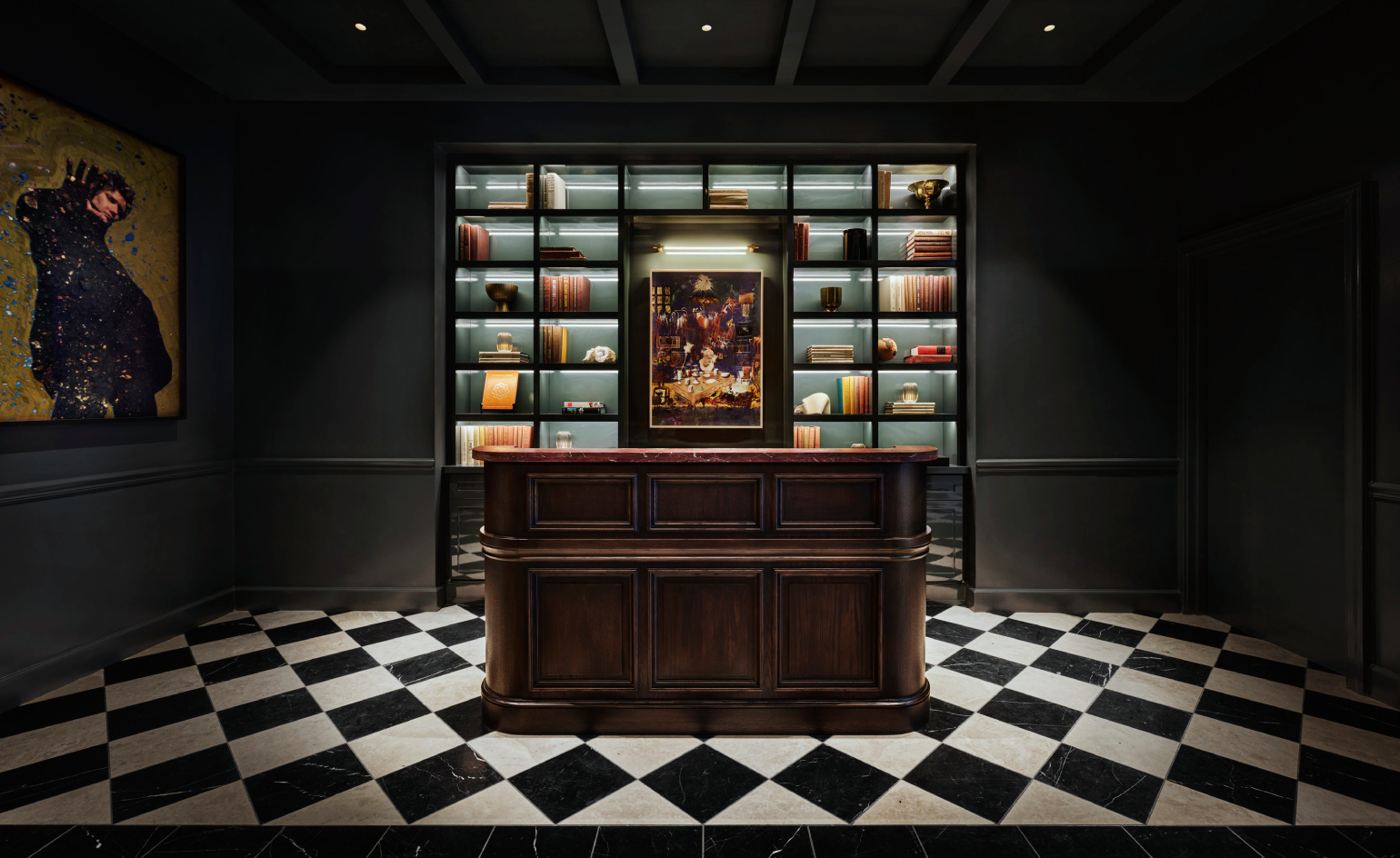 The world’s best new hotels we’re loving without reservation
The world’s best new hotels we’re loving without reservationExplore the best new openings in the world, from Sonolux, Quebec’s first immersive art hotel, to Mondrian Gold Coast, the brand’s Australian debut
-
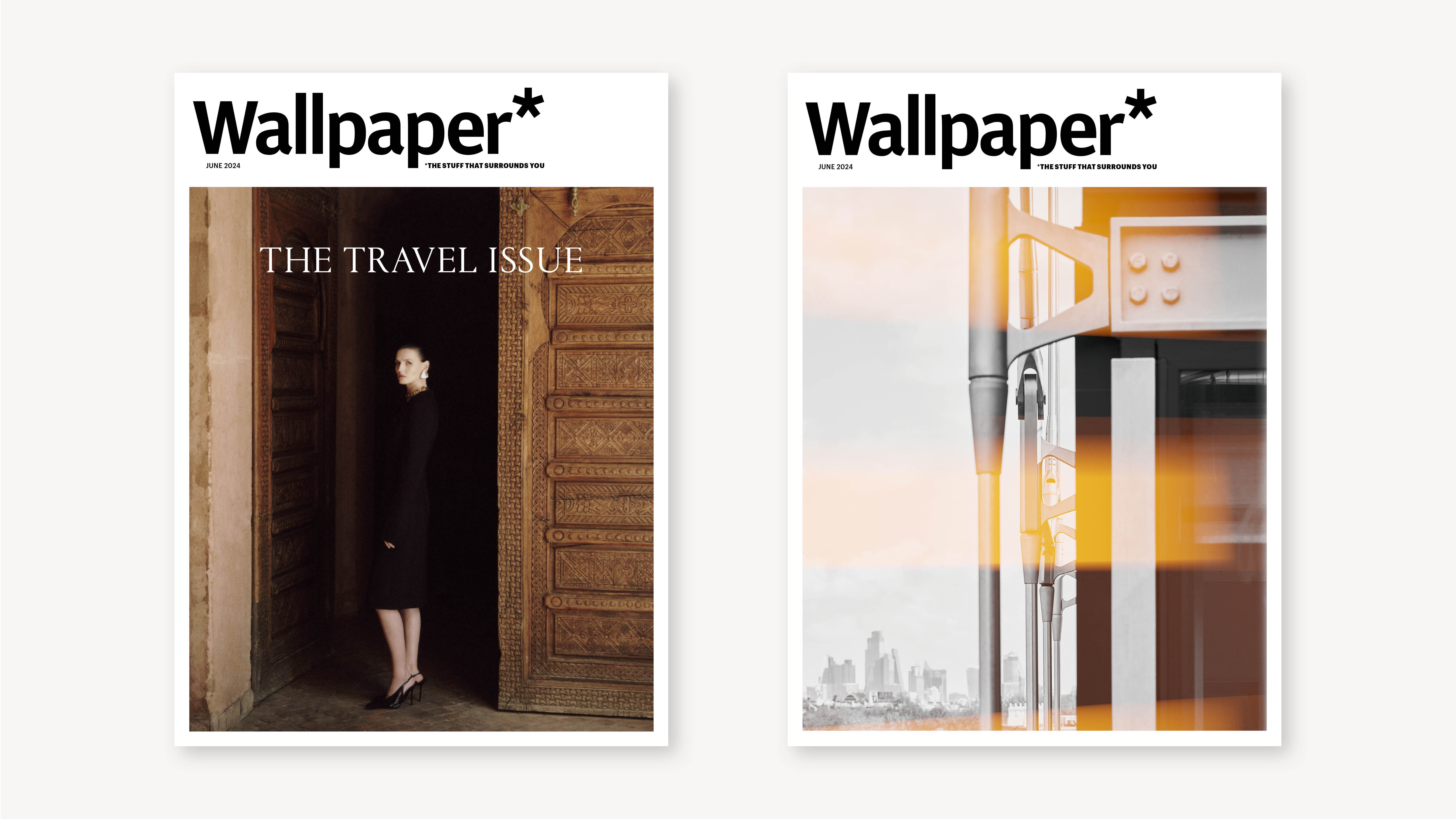 Take off with Wallpaper* June 2024: The Travel Issue
Take off with Wallpaper* June 2024: The Travel IssueThe Wallpaper* June 2024 Travel Issue is on sale now, ready to whisk you to the best of Ho Chi Minh City, Caracas’ modernist marvels, classy Canadian cabins, a Swiss sleep retreat, and more
-
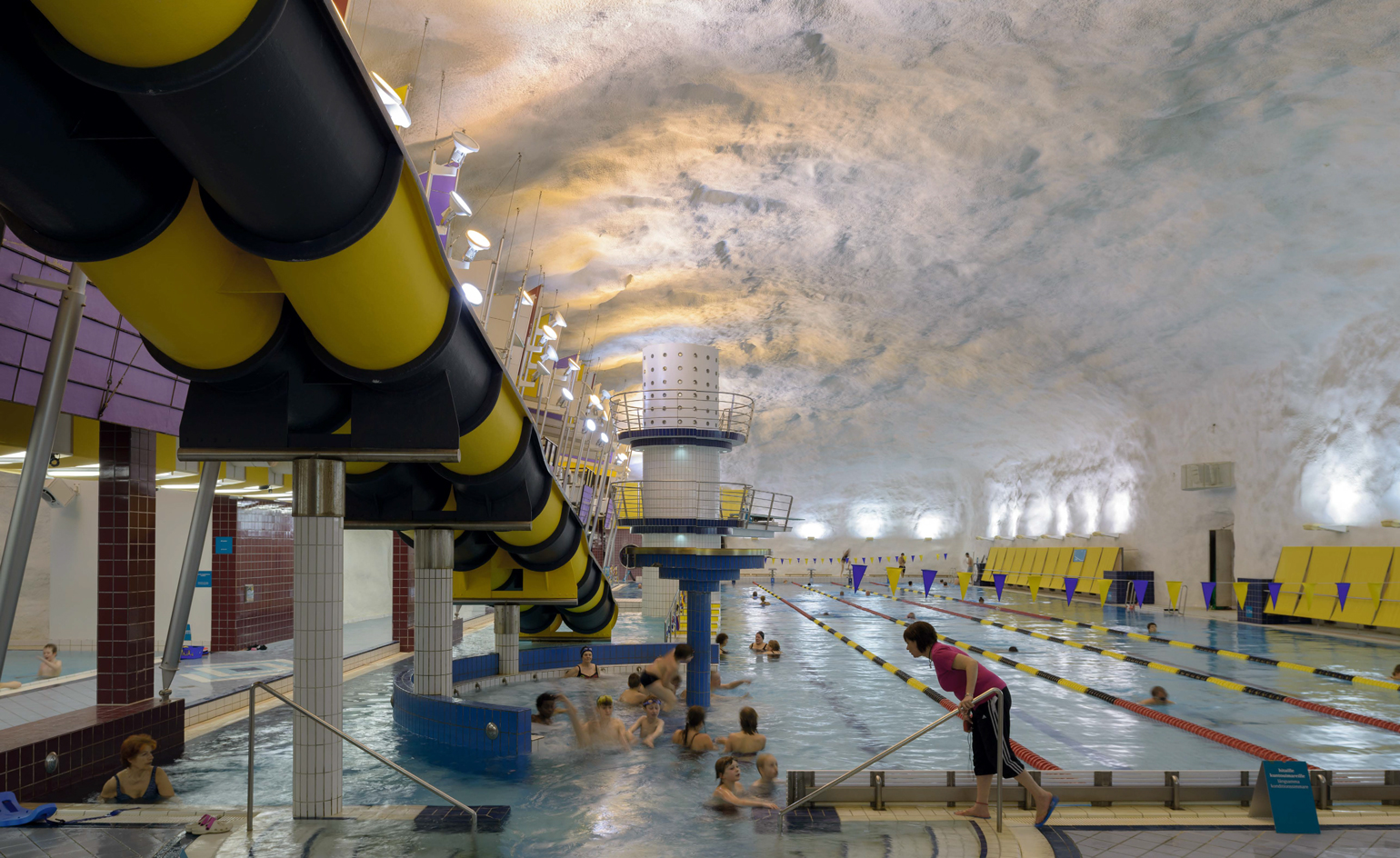 The Trip: explore Helsinki’s saunas, shipyards and side streets
The Trip: explore Helsinki’s saunas, shipyards and side streetsWeekly at Wallpaper*, ‘The Trip’ takes you on a detailed tour of an under-explored town, city or territory, direct from your living room. This week’s feature is from our July 2012 issue (W*160), focusing on the then World Design Capital of Helsinki. There, photographer Jonathan de Villiers and writer John-Paul Flintoff witnessed a surge of public spiritedness, as locals embraced public saunas, pop-up lunchtime discos, communal contemplation and buying hitherto forbidden rounds of drinks in the bar
-
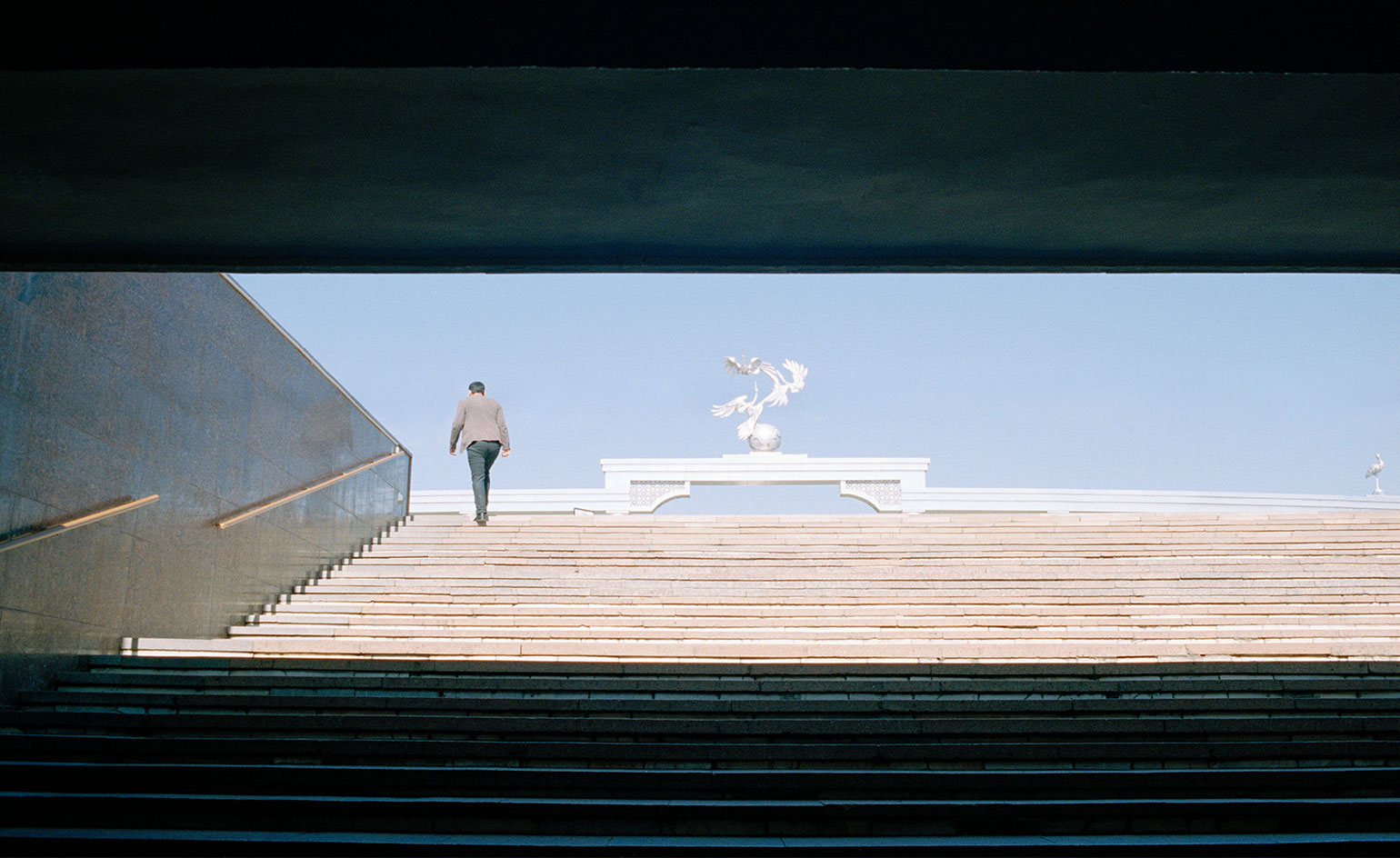 The Trip: after decades of isolation, Tashkent is on the up
The Trip: after decades of isolation, Tashkent is on the upWallpaper* dispatched Deyan Sudjic, former director of London's Design Museum, to the Uzbek capital of Tashkent. Here – as seen in our January 2020 issue (W*250) –he captures the wonder of its Soviet modernist gems before they are eclipsed by brash new construction
-
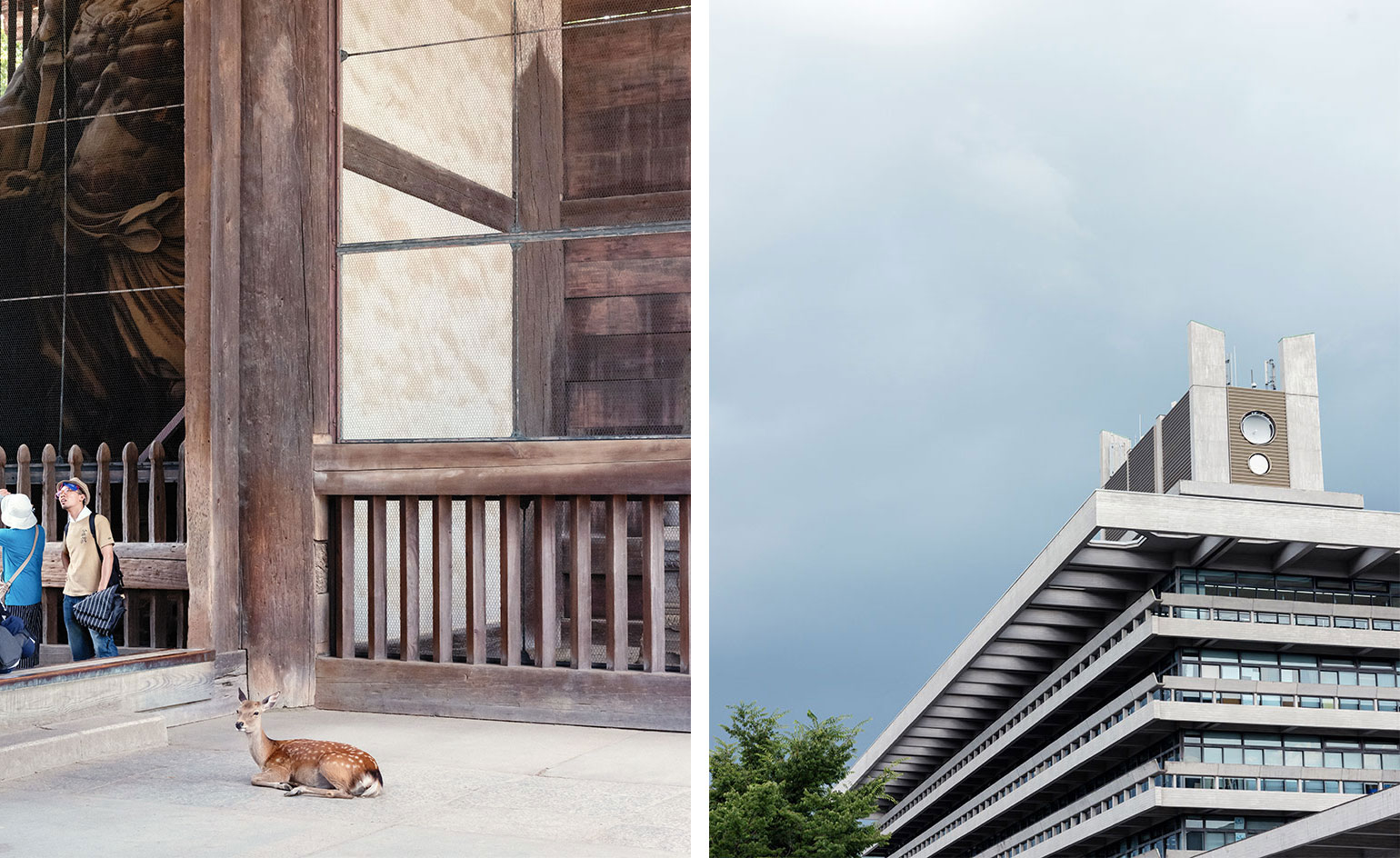 The Trip: explore the ancient and modern worlds of Nara, Japan
The Trip: explore the ancient and modern worlds of Nara, JapanWeekly at Wallpaper*, ‘The Trip' takes you on a detailed tour of an under-explored town, city or territory, direct from your living room. This week, we journey to the revered Japanese capital, Nara, which has been experiencing a cultural renaissance, led by a savvy herd of young creatives